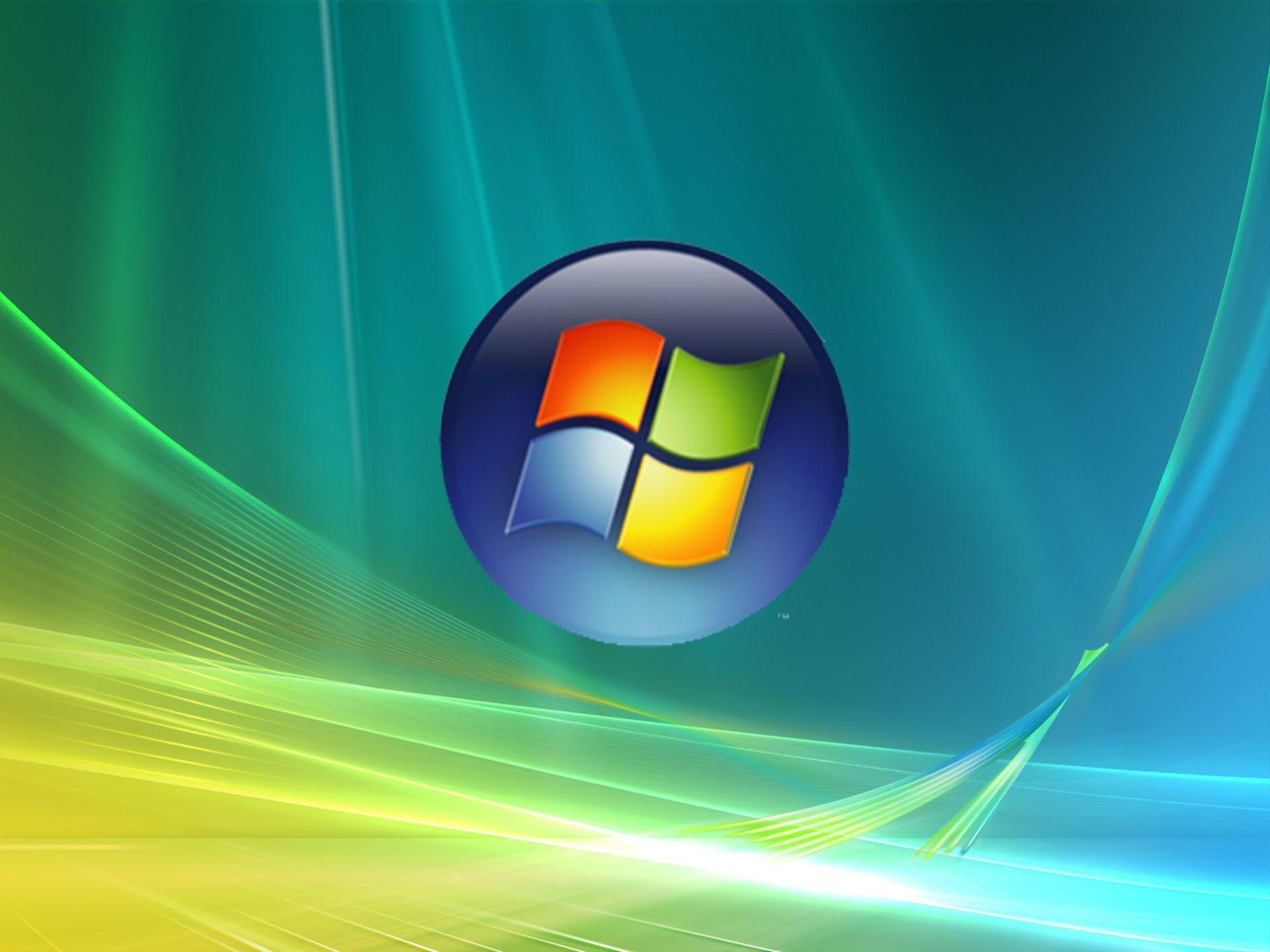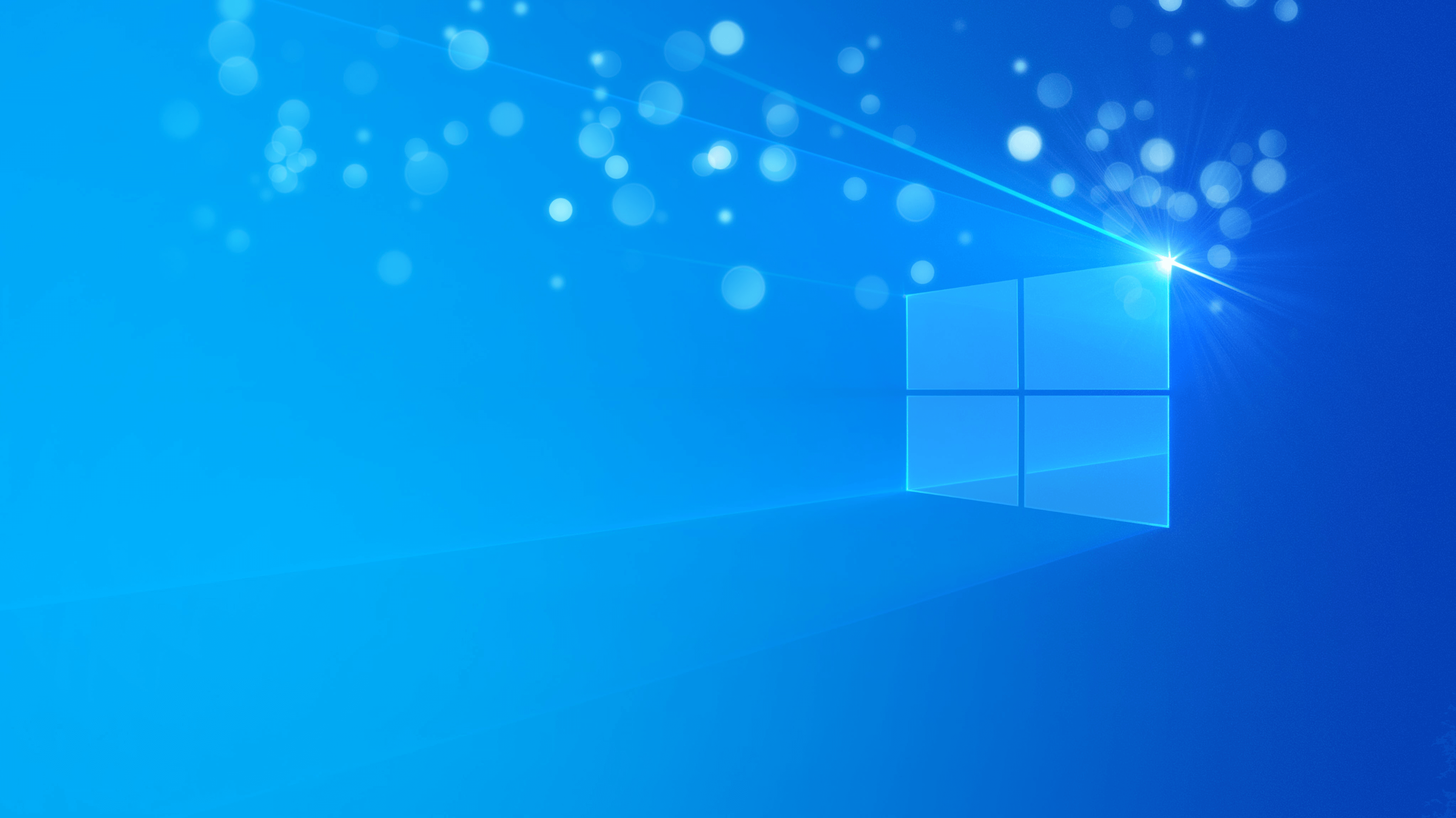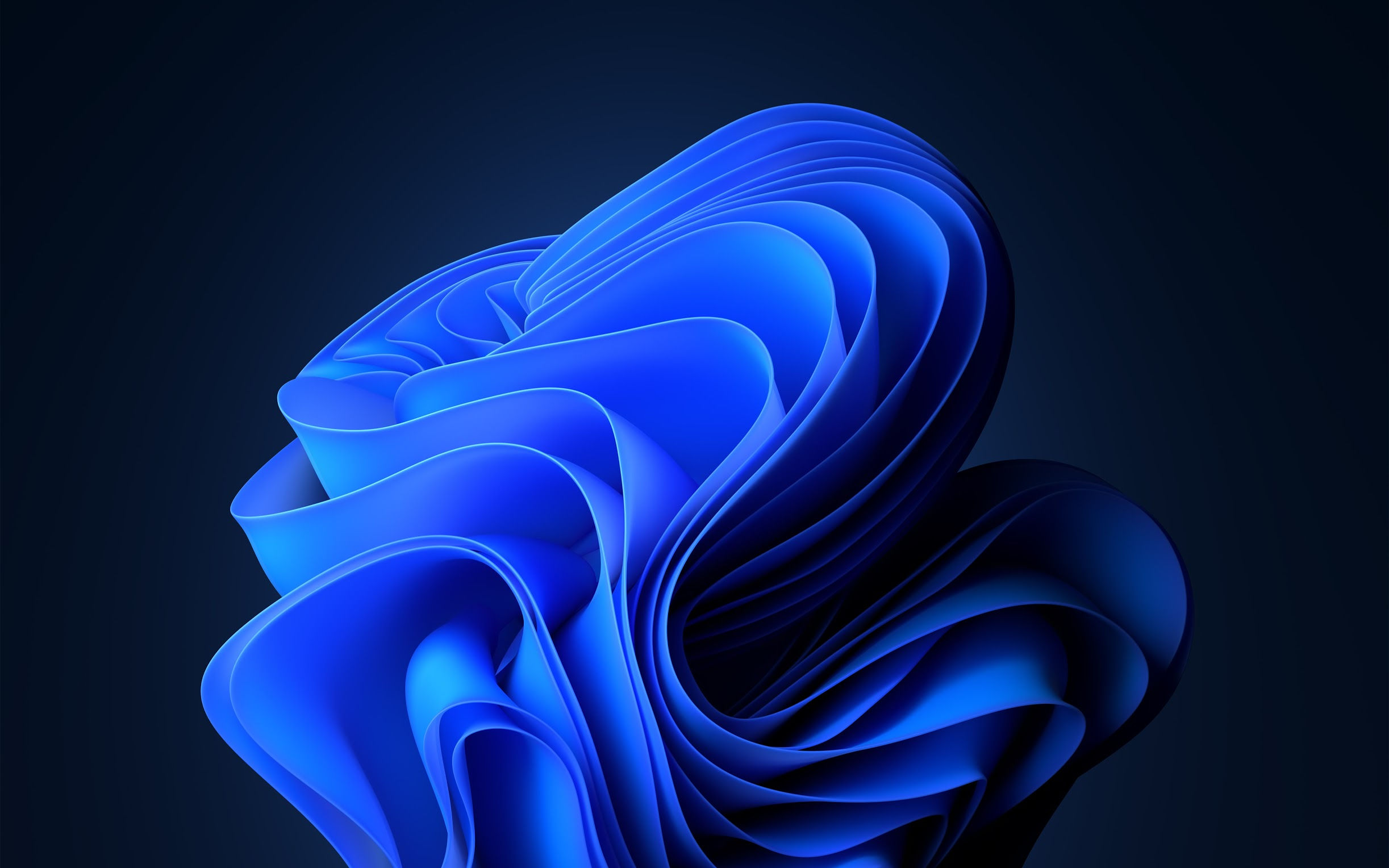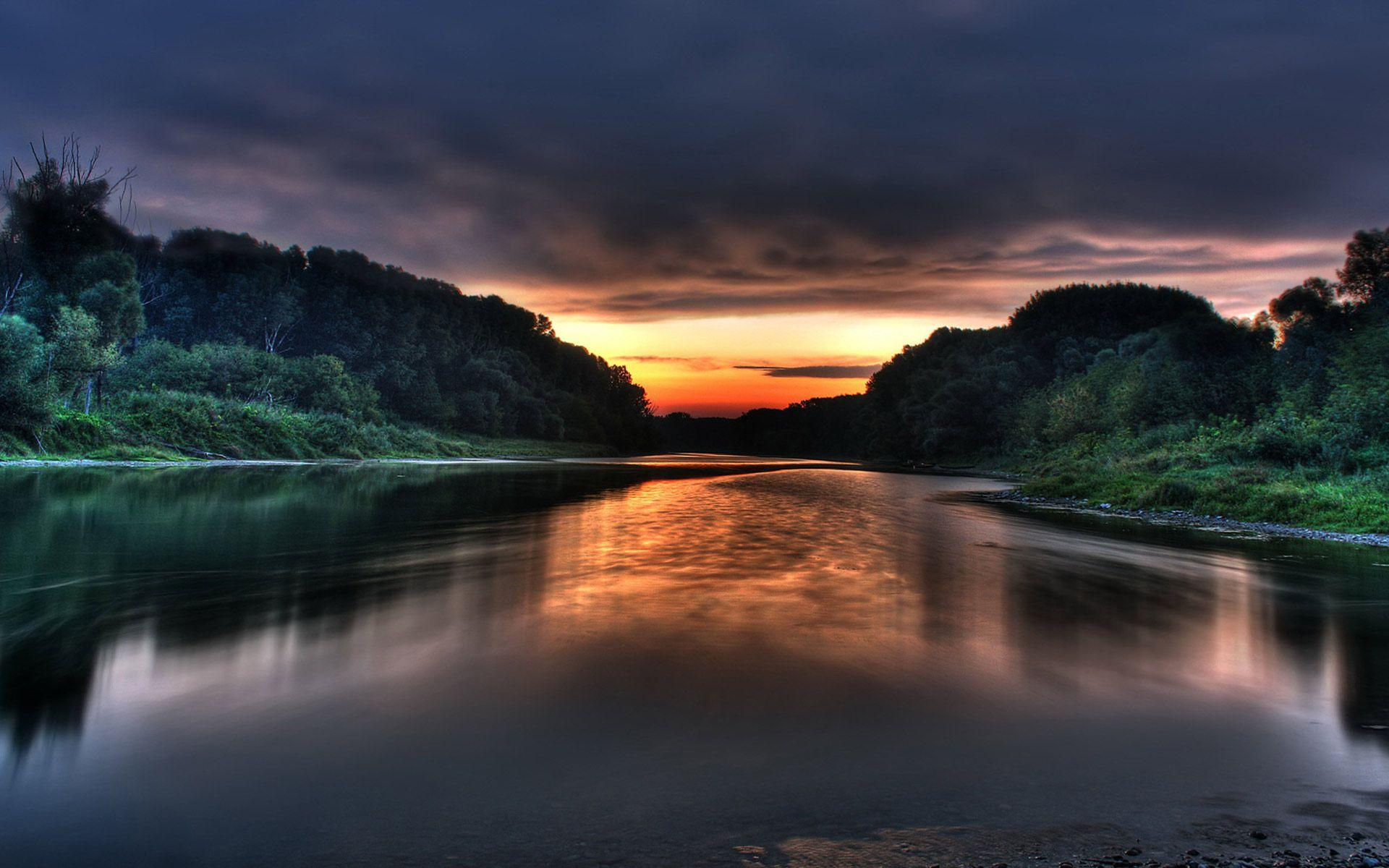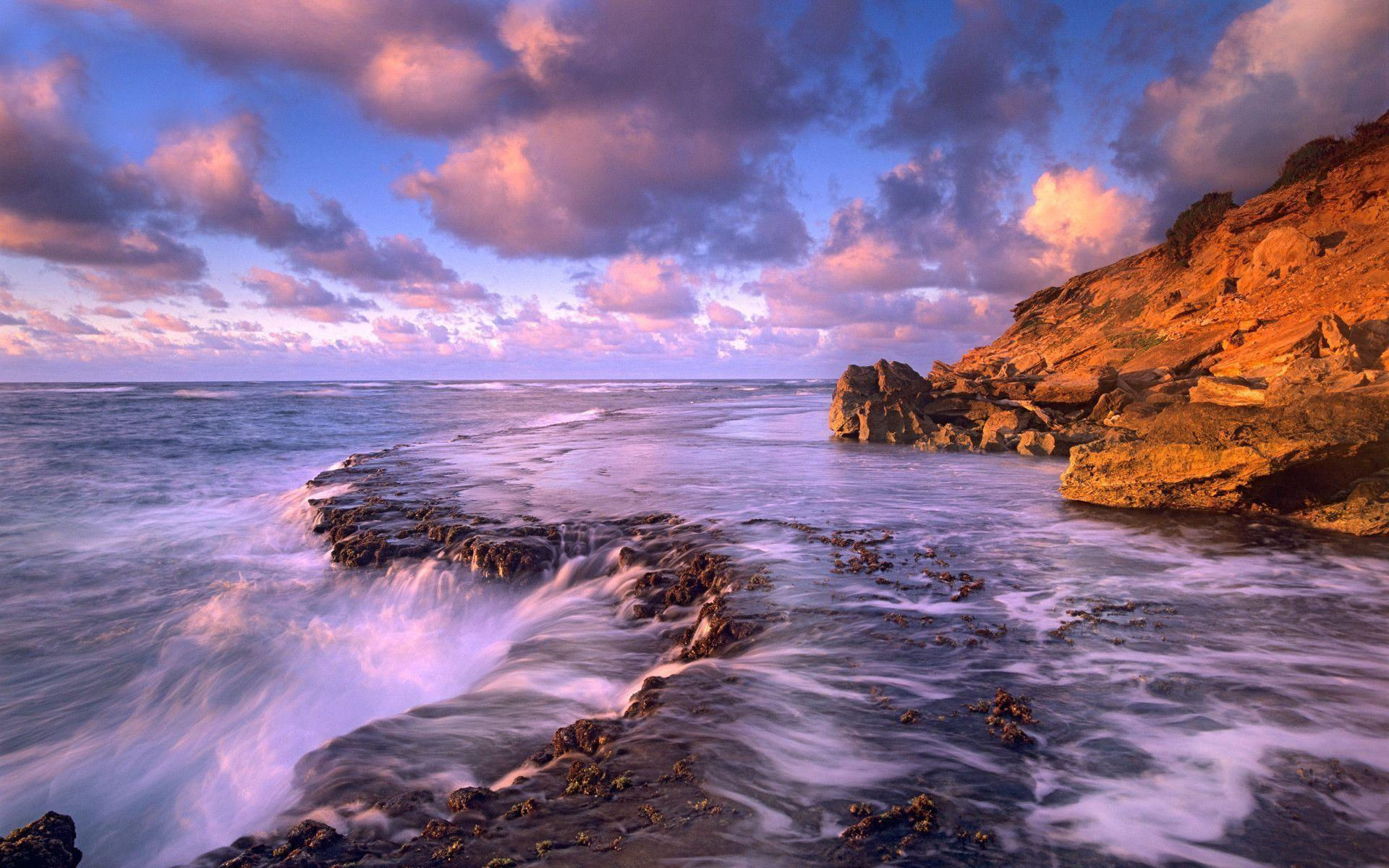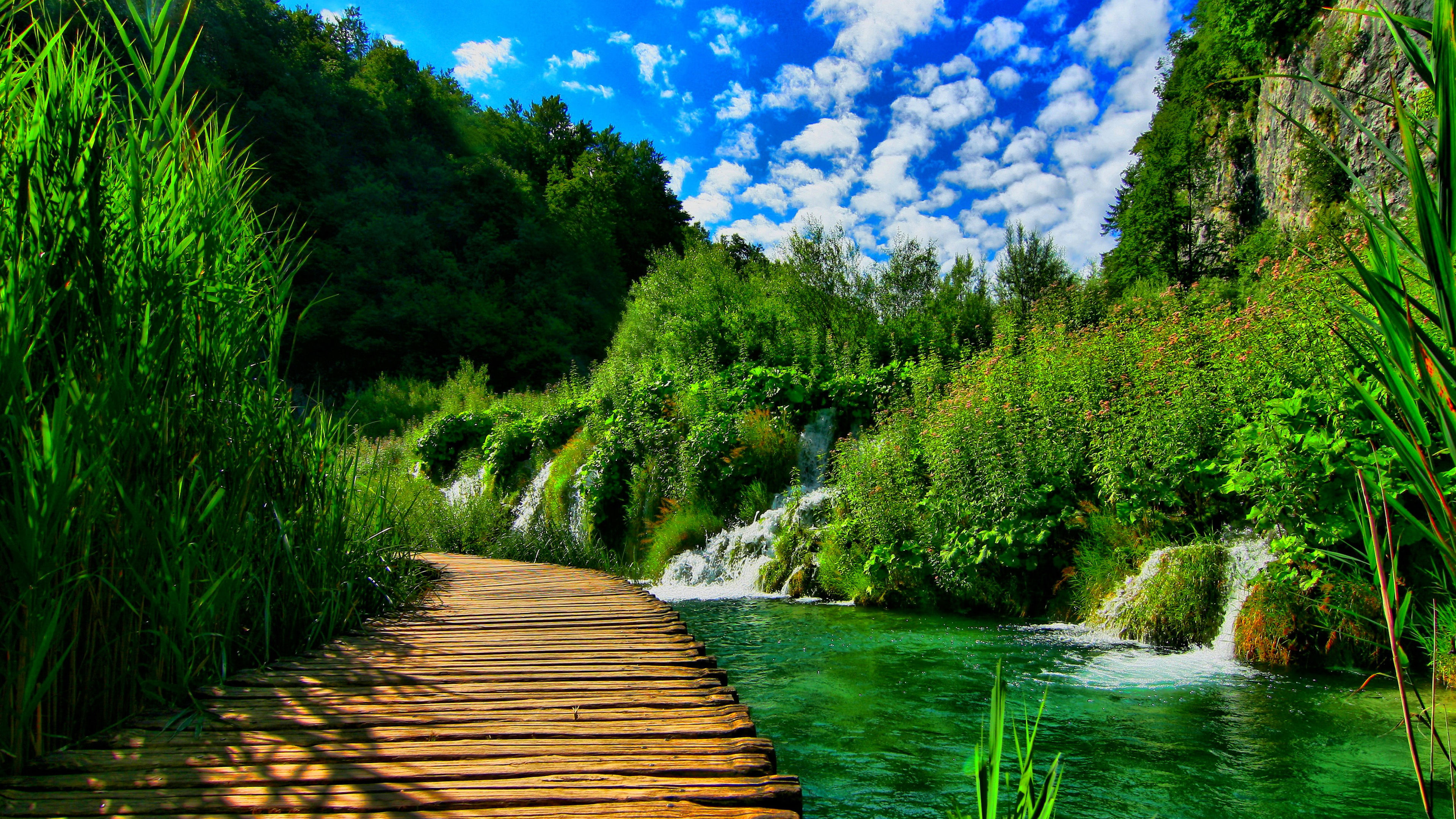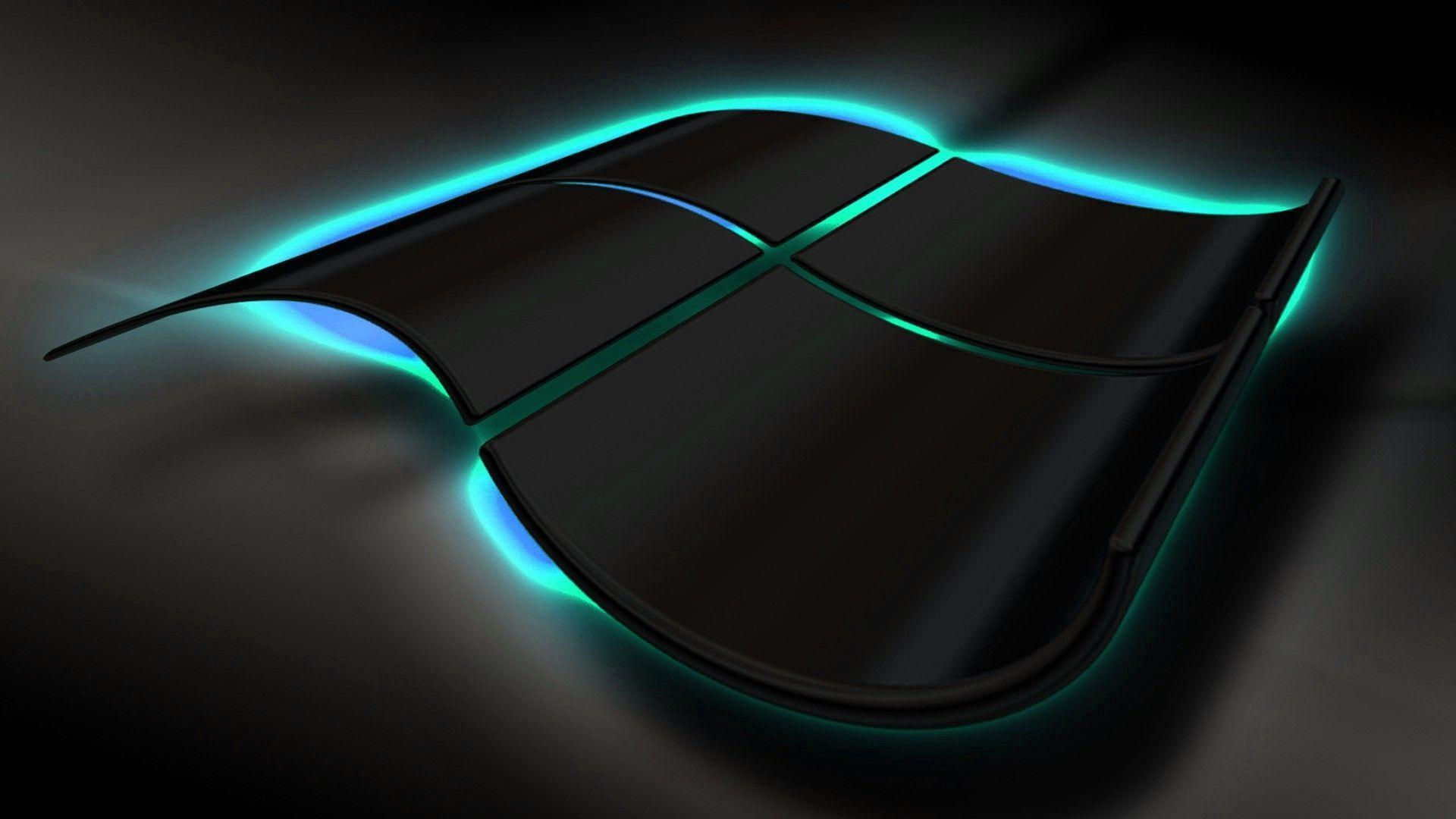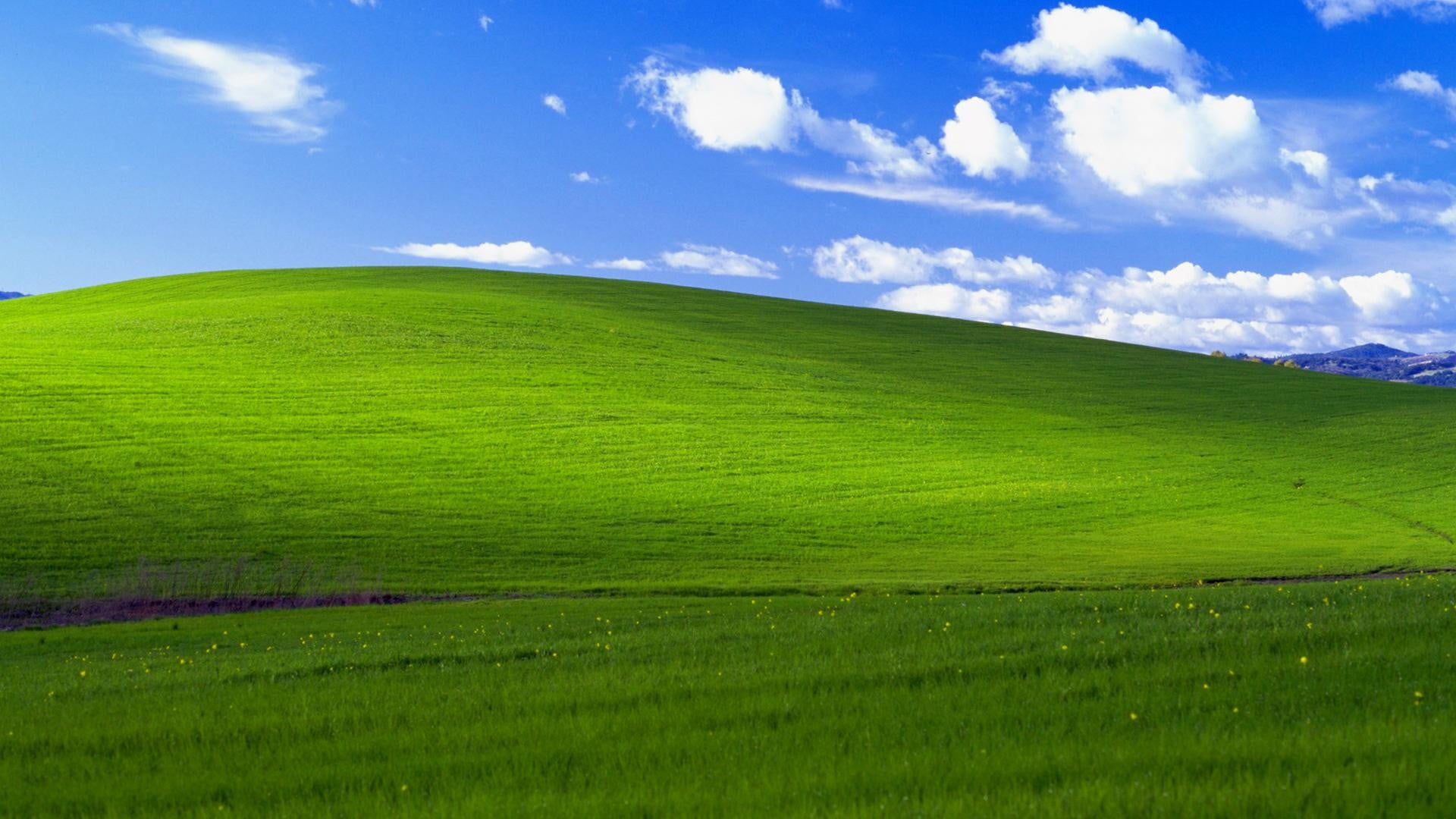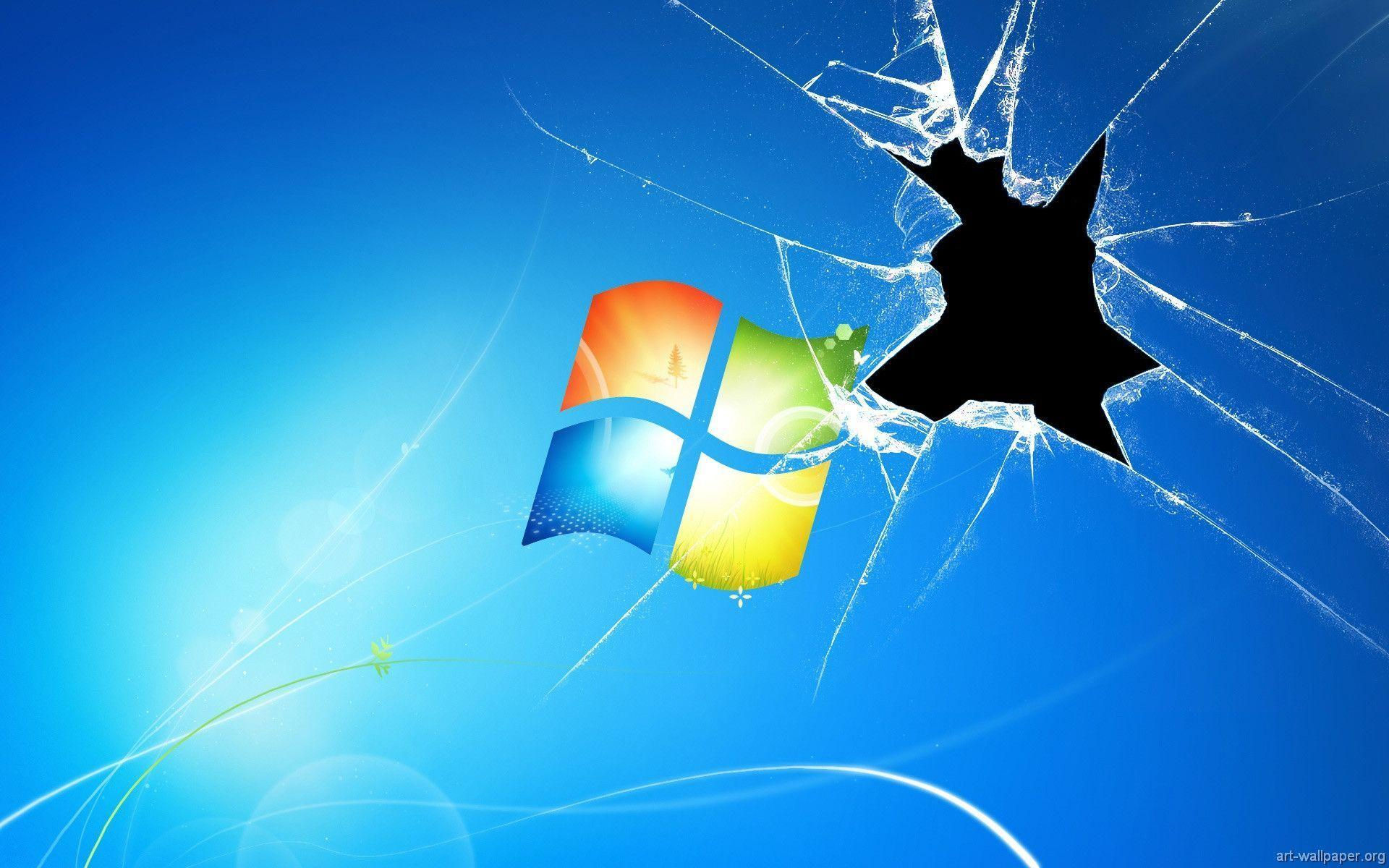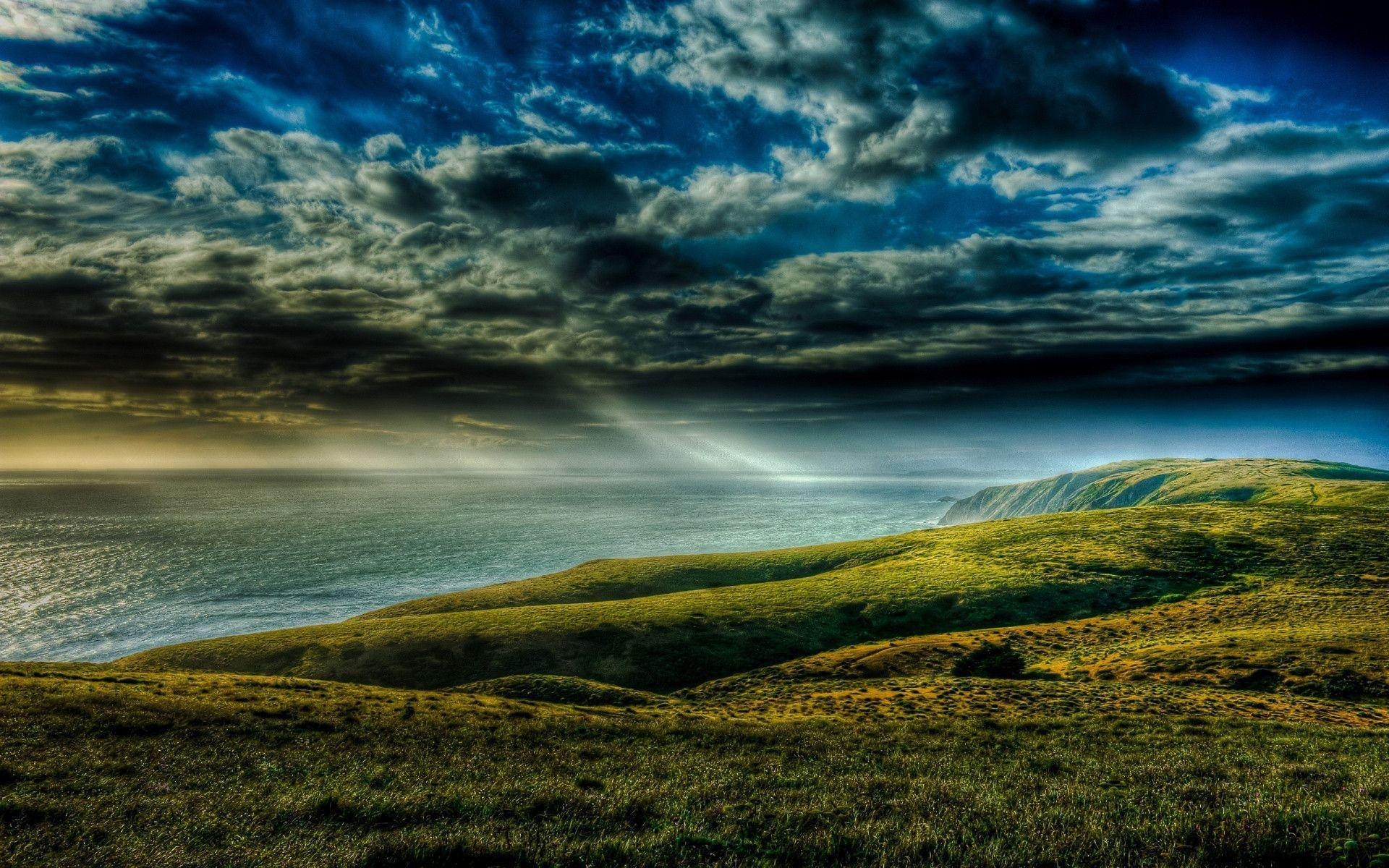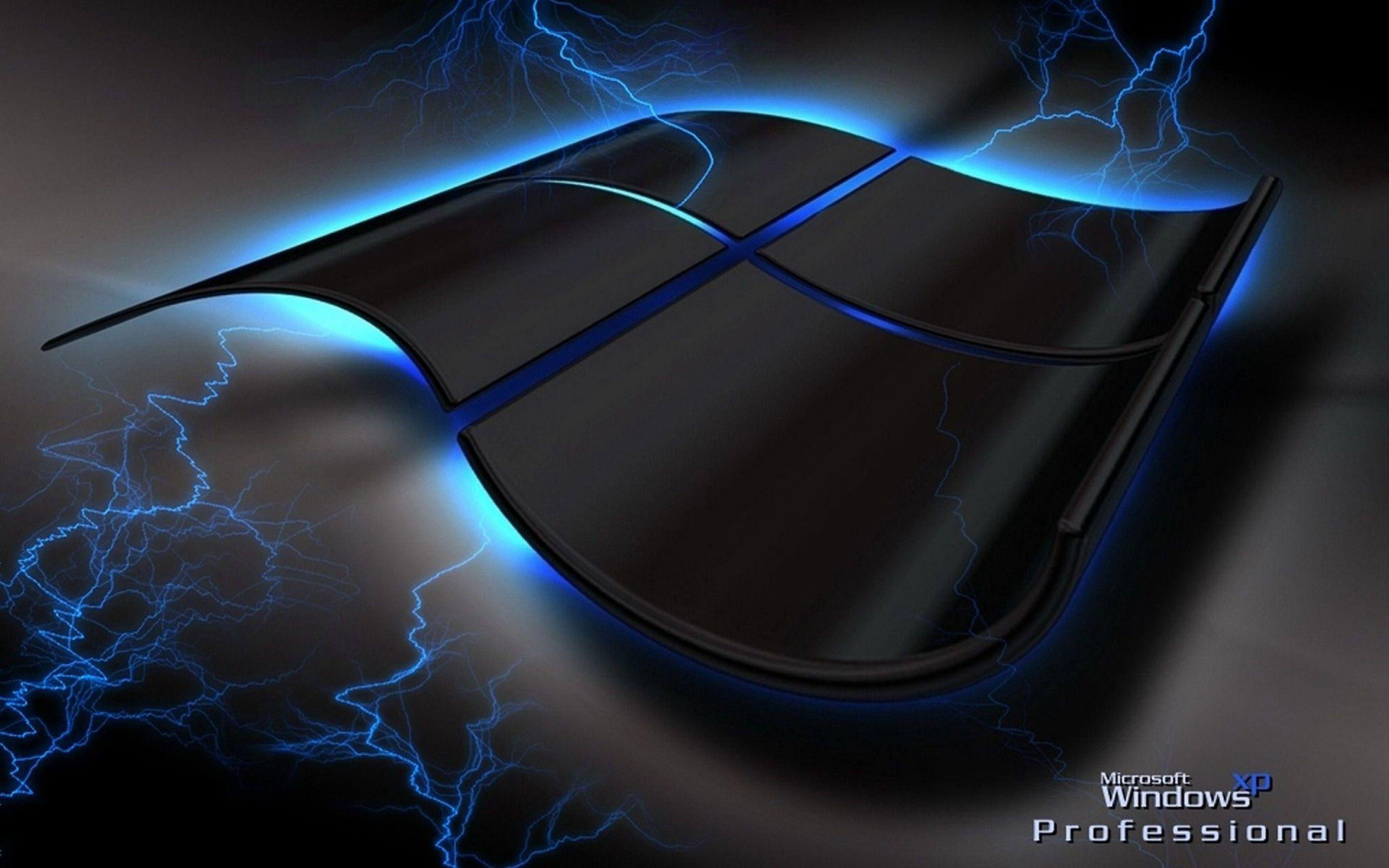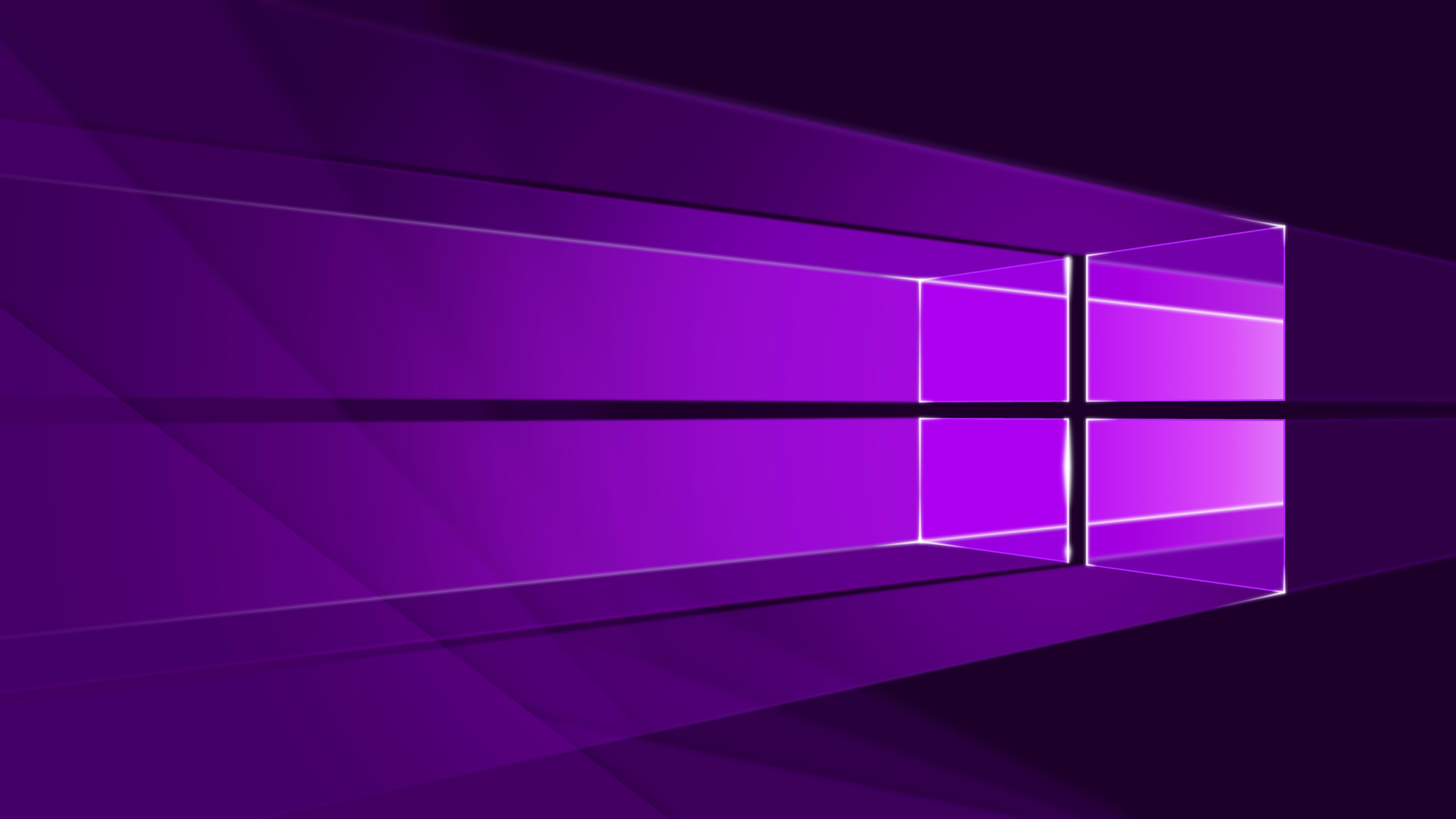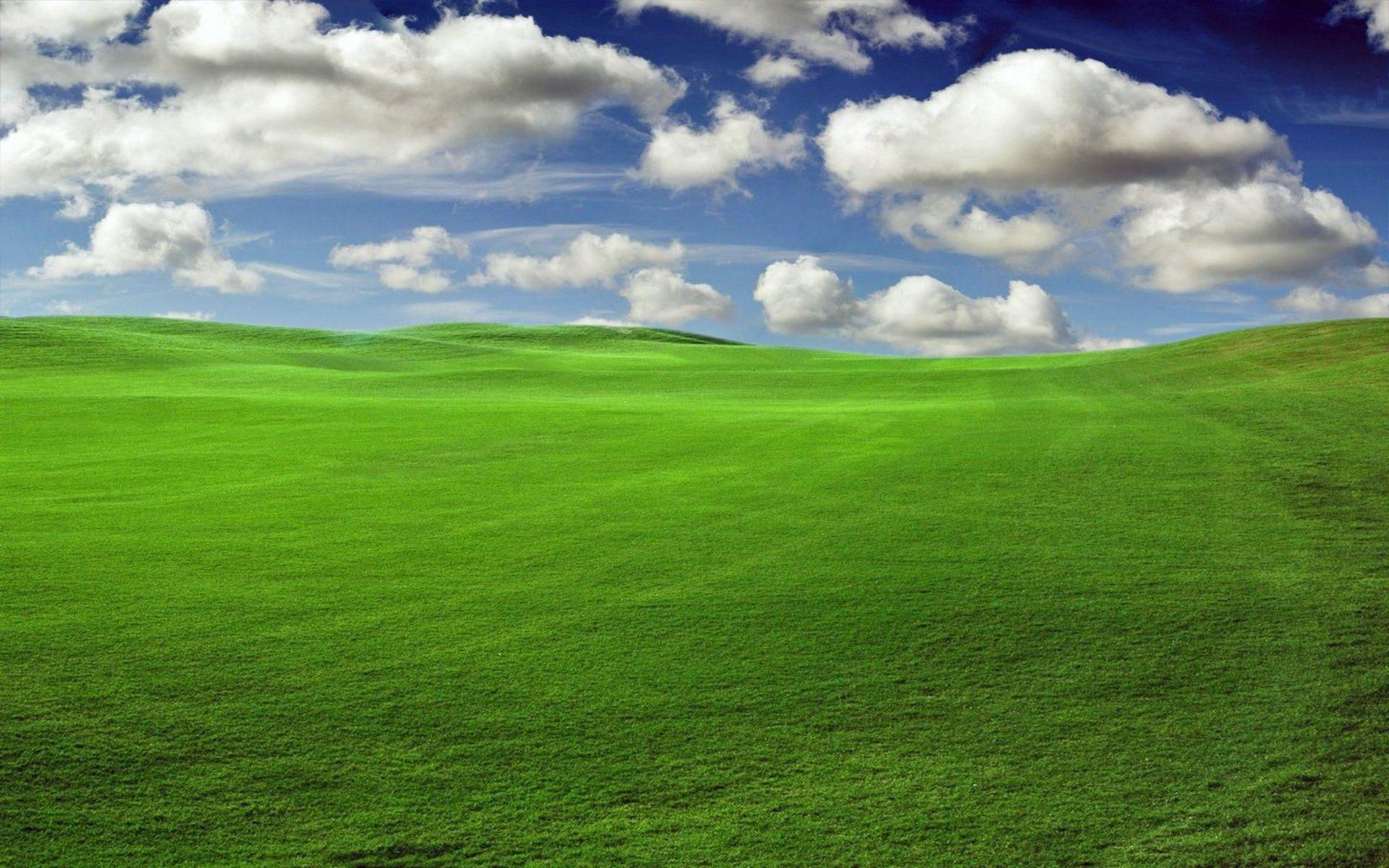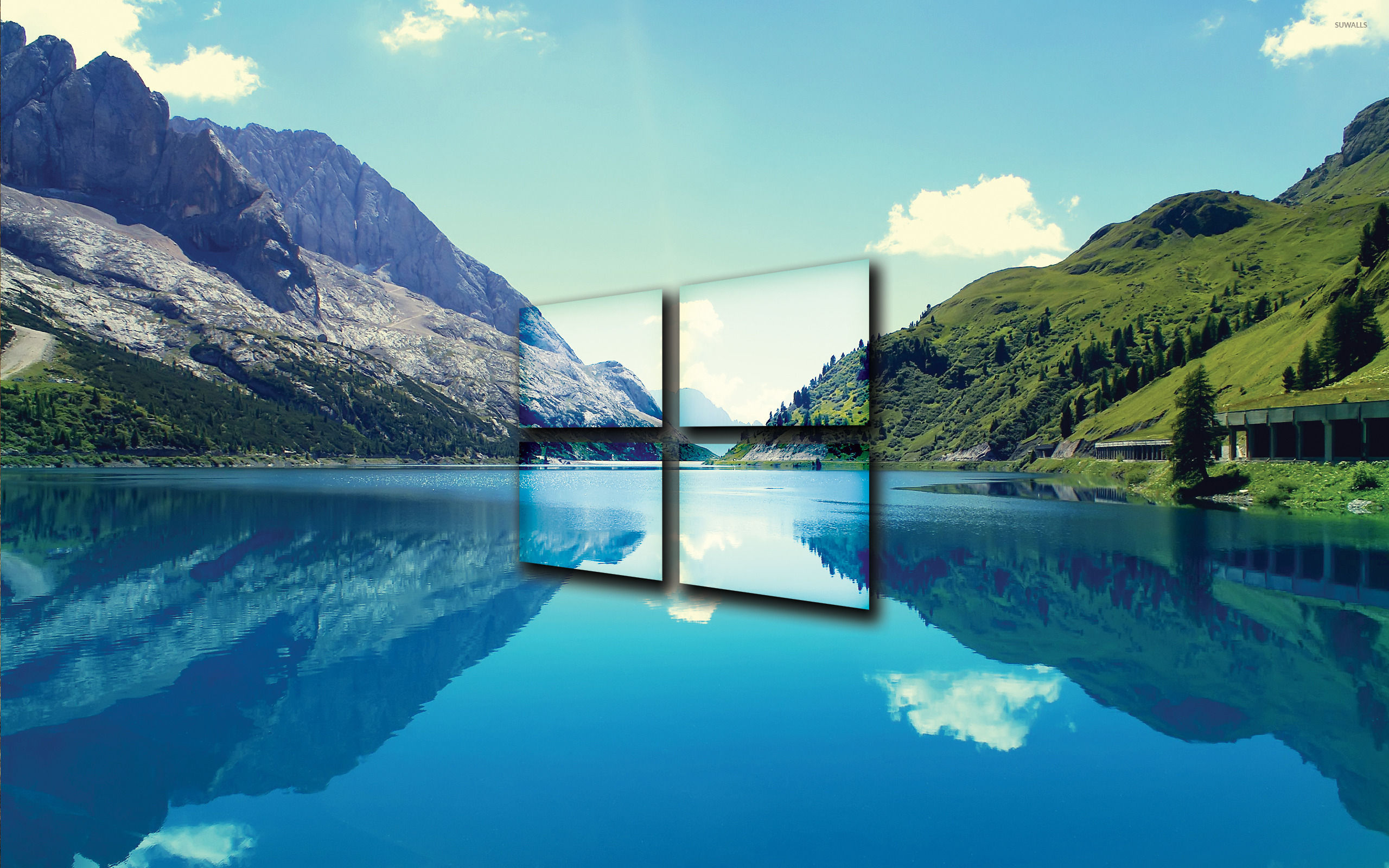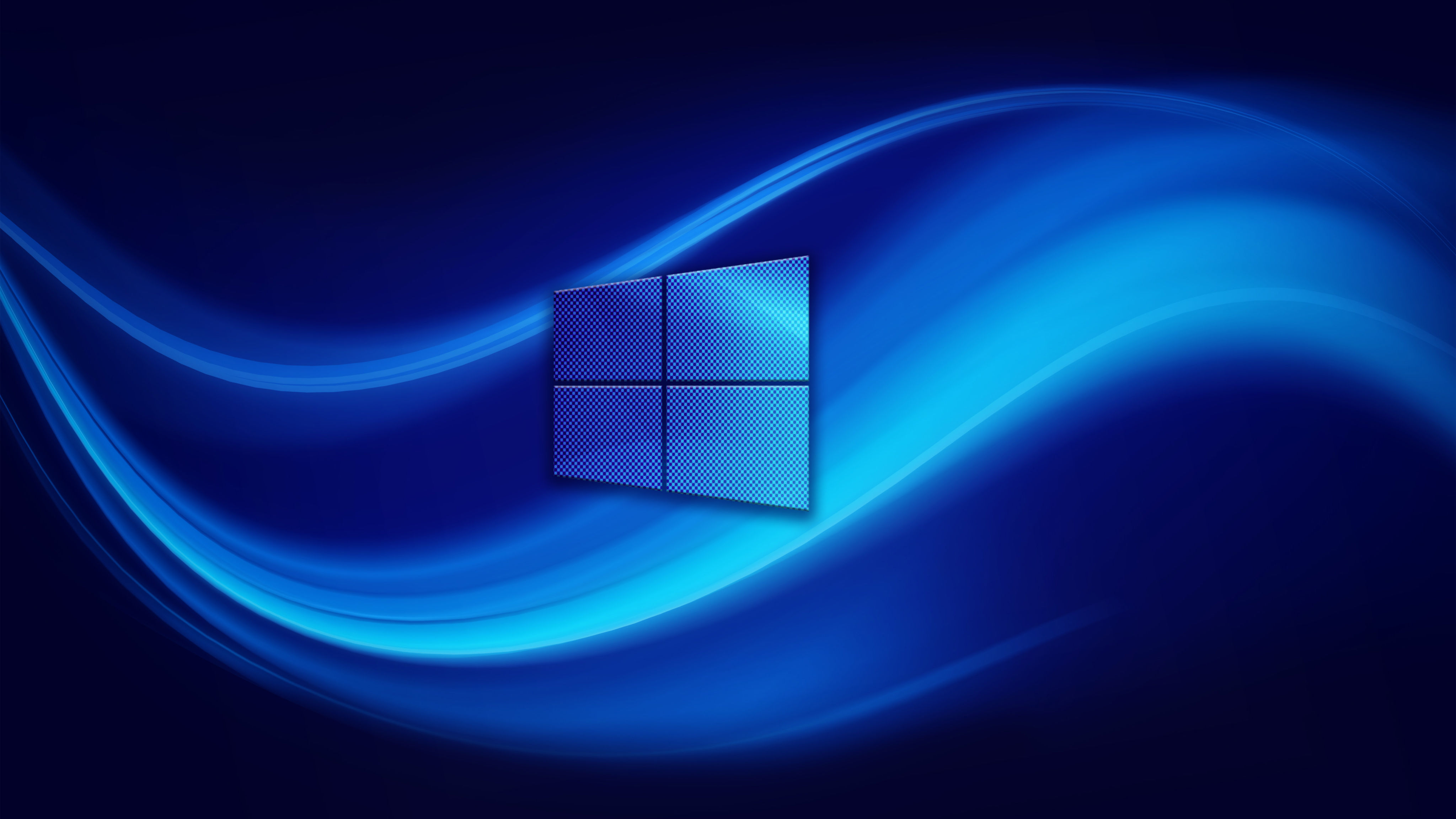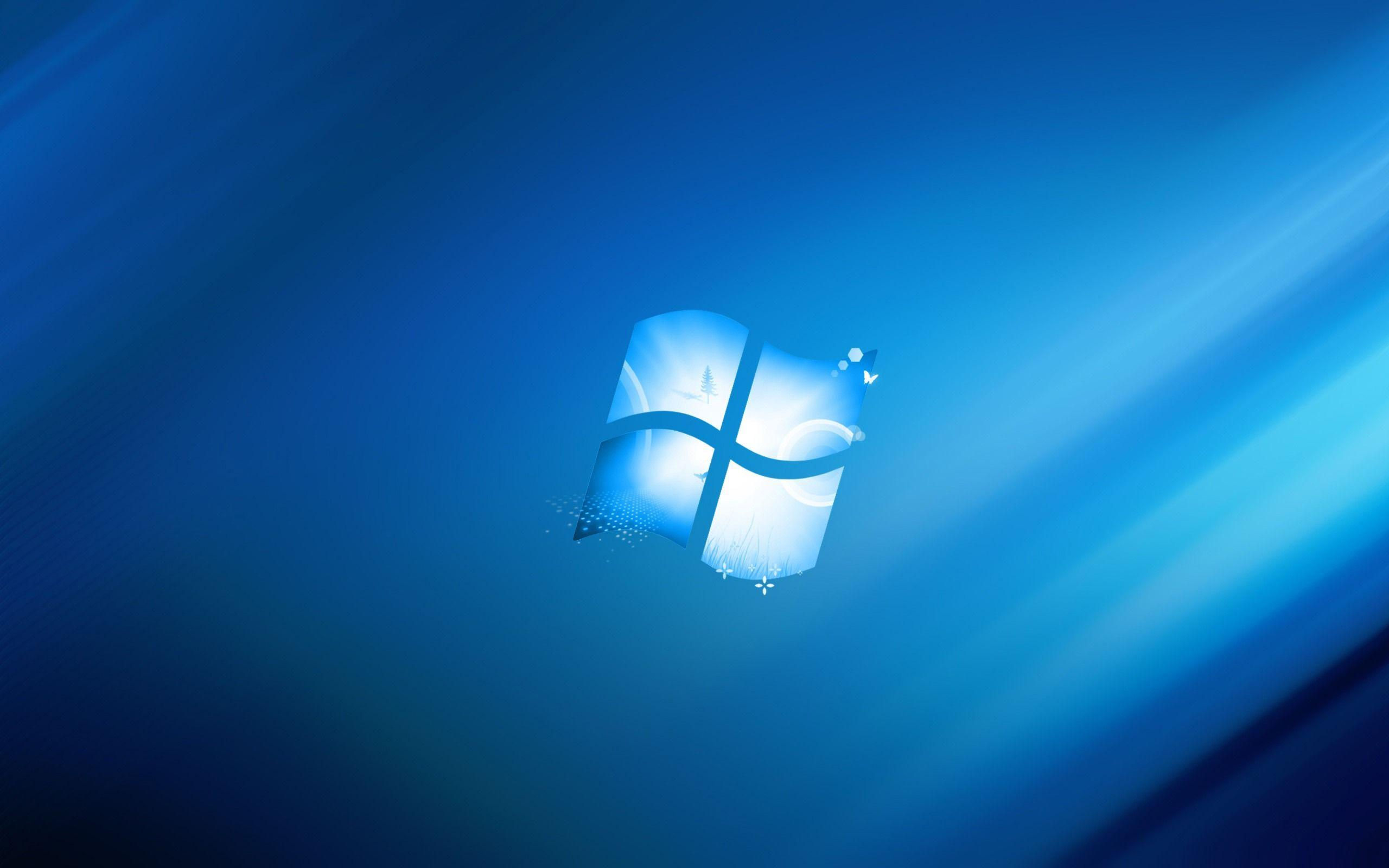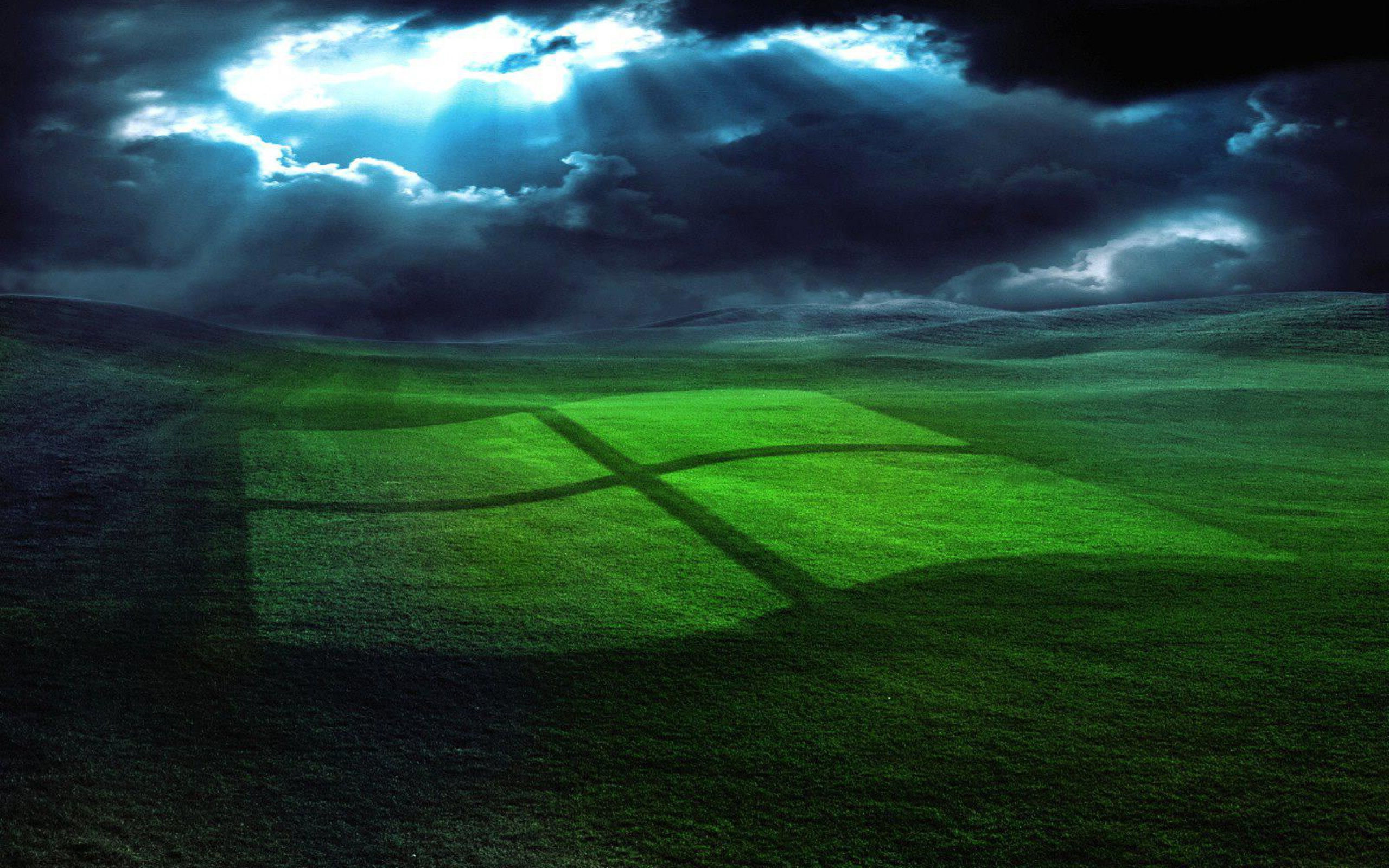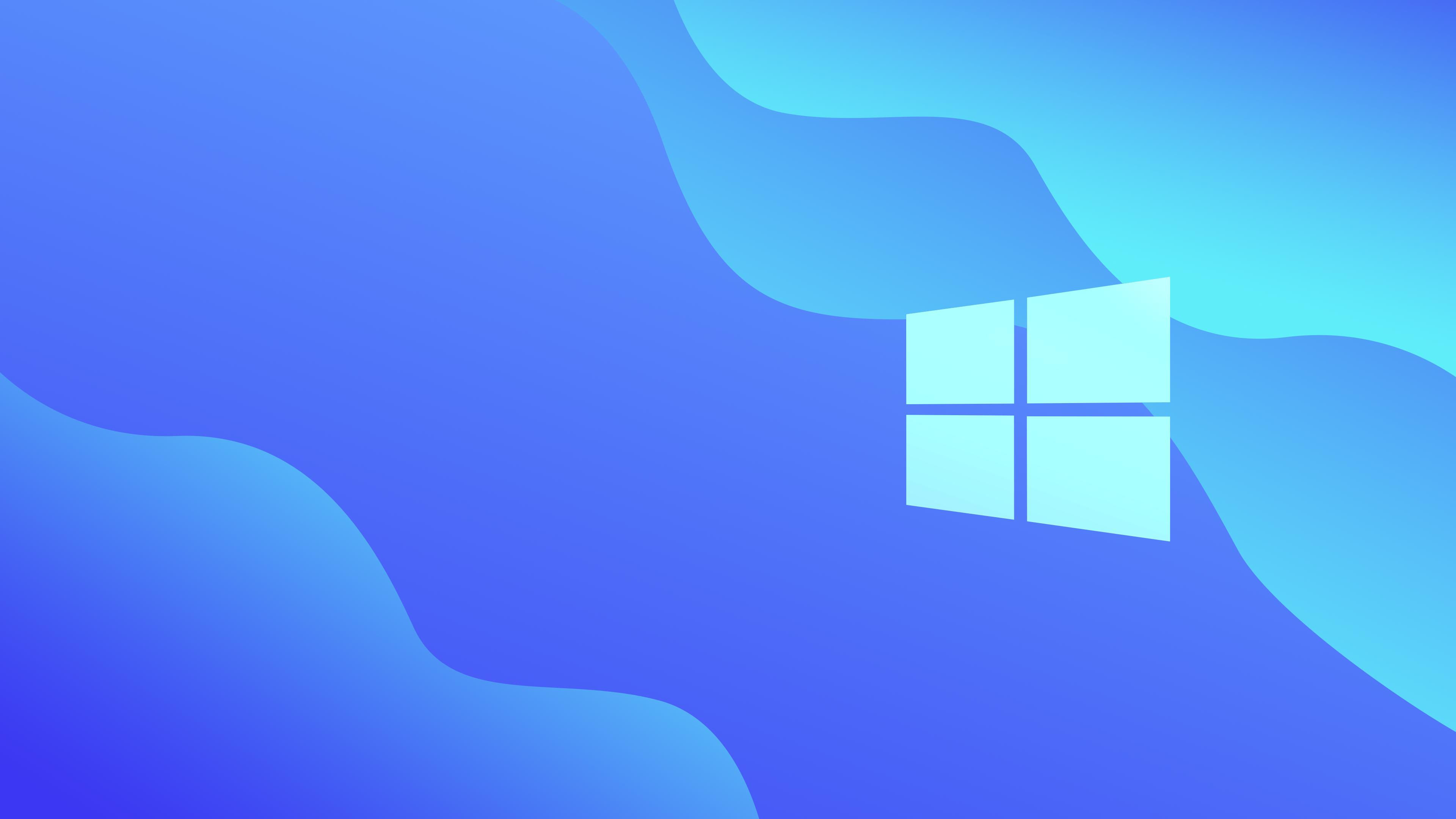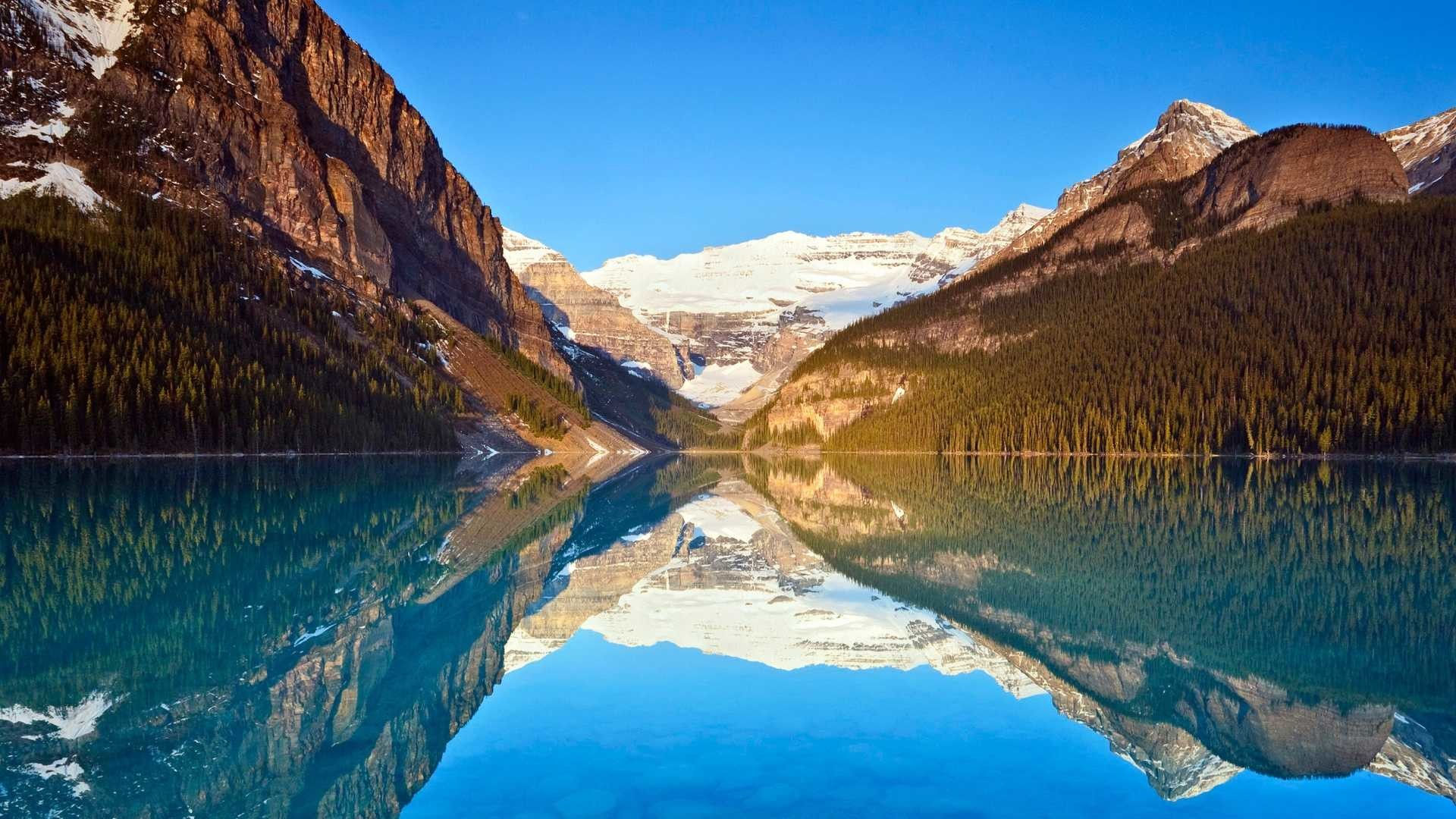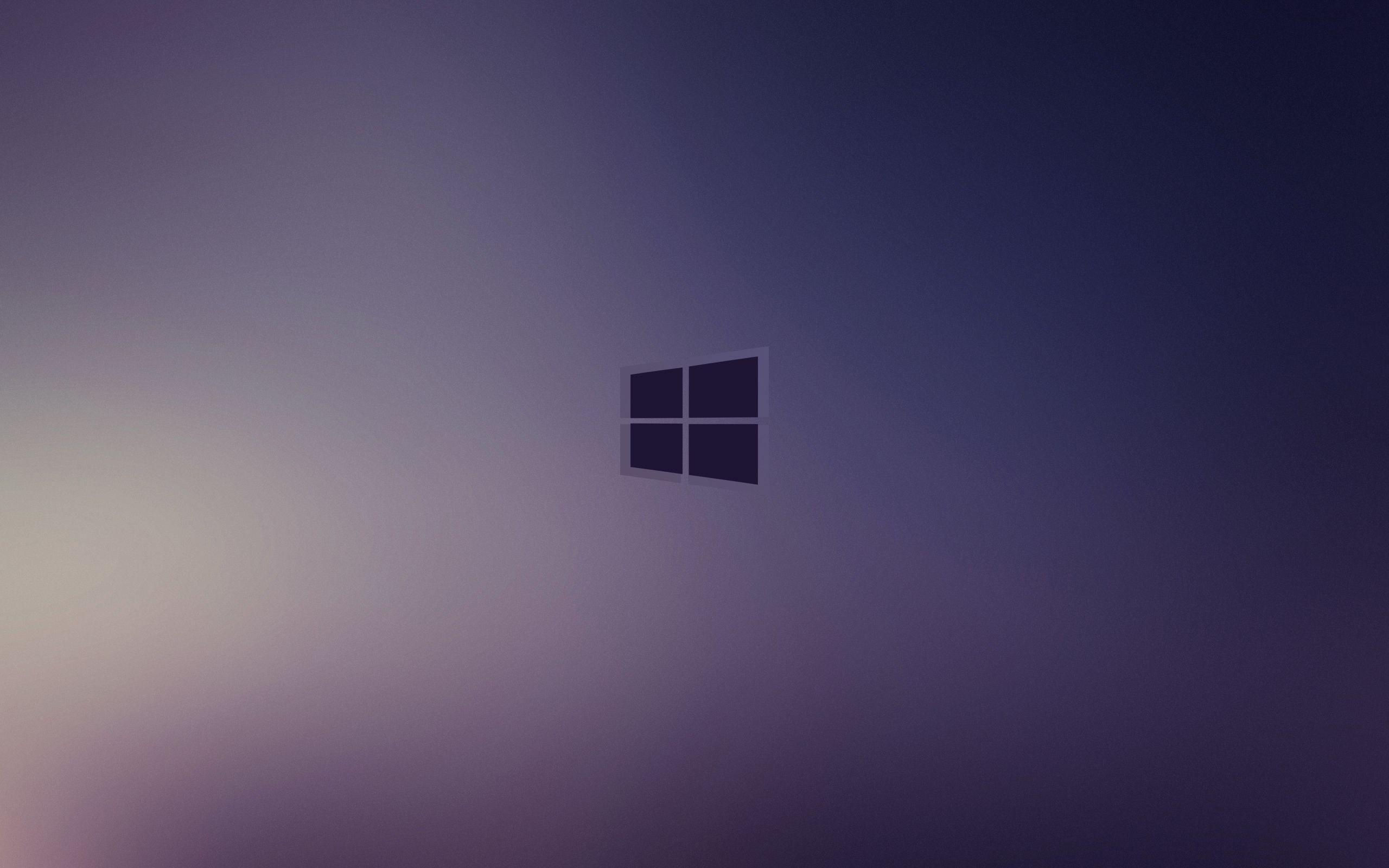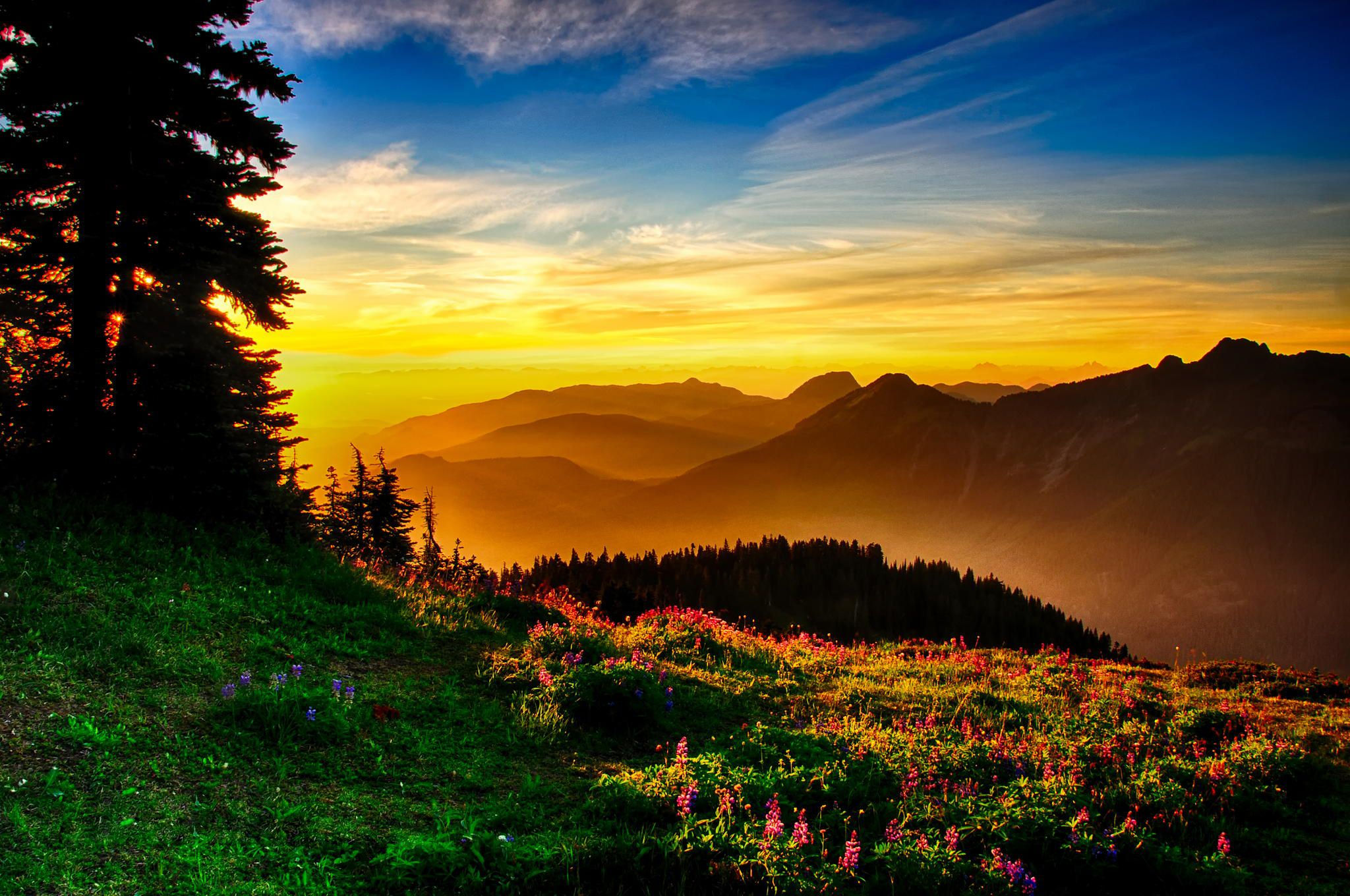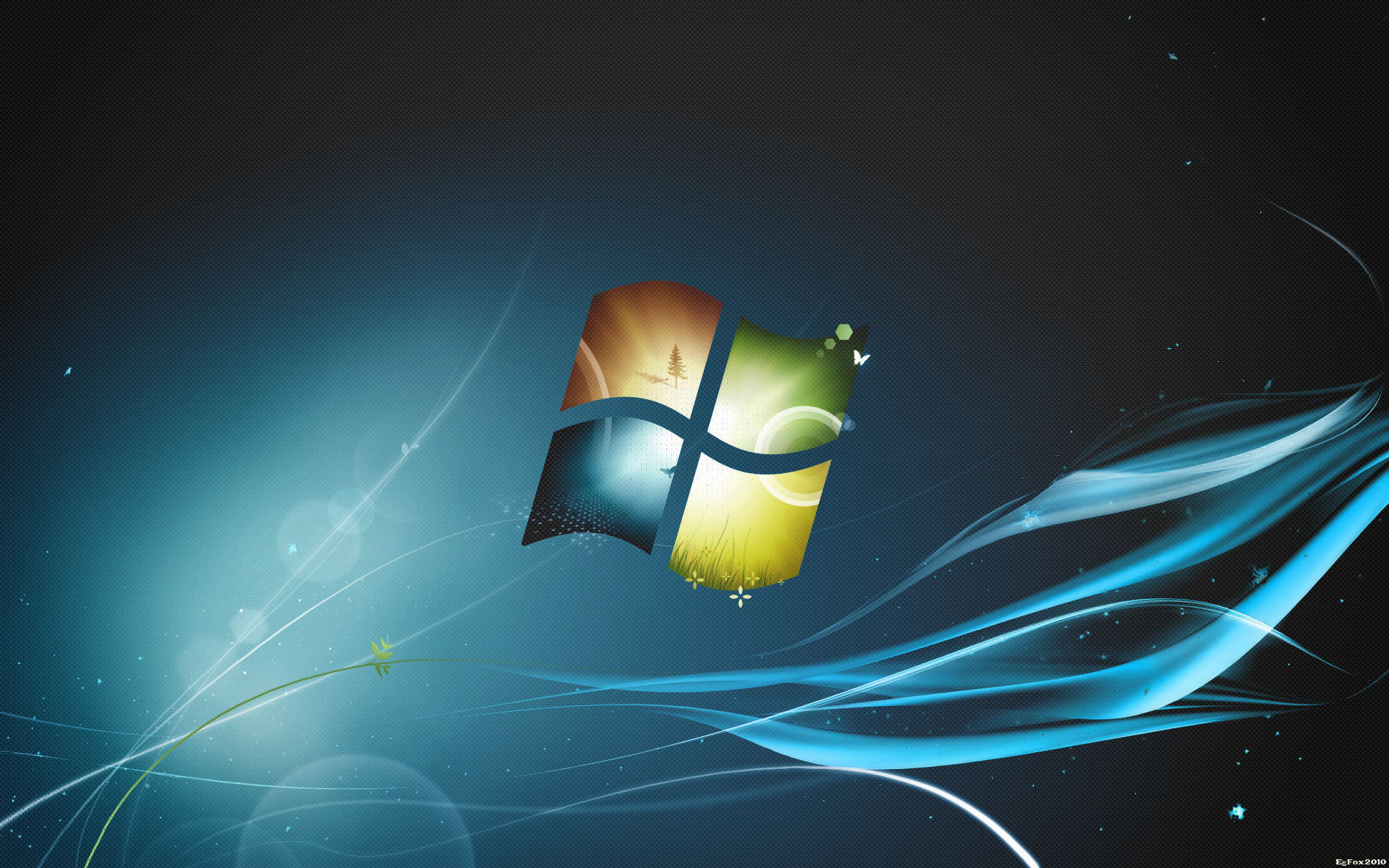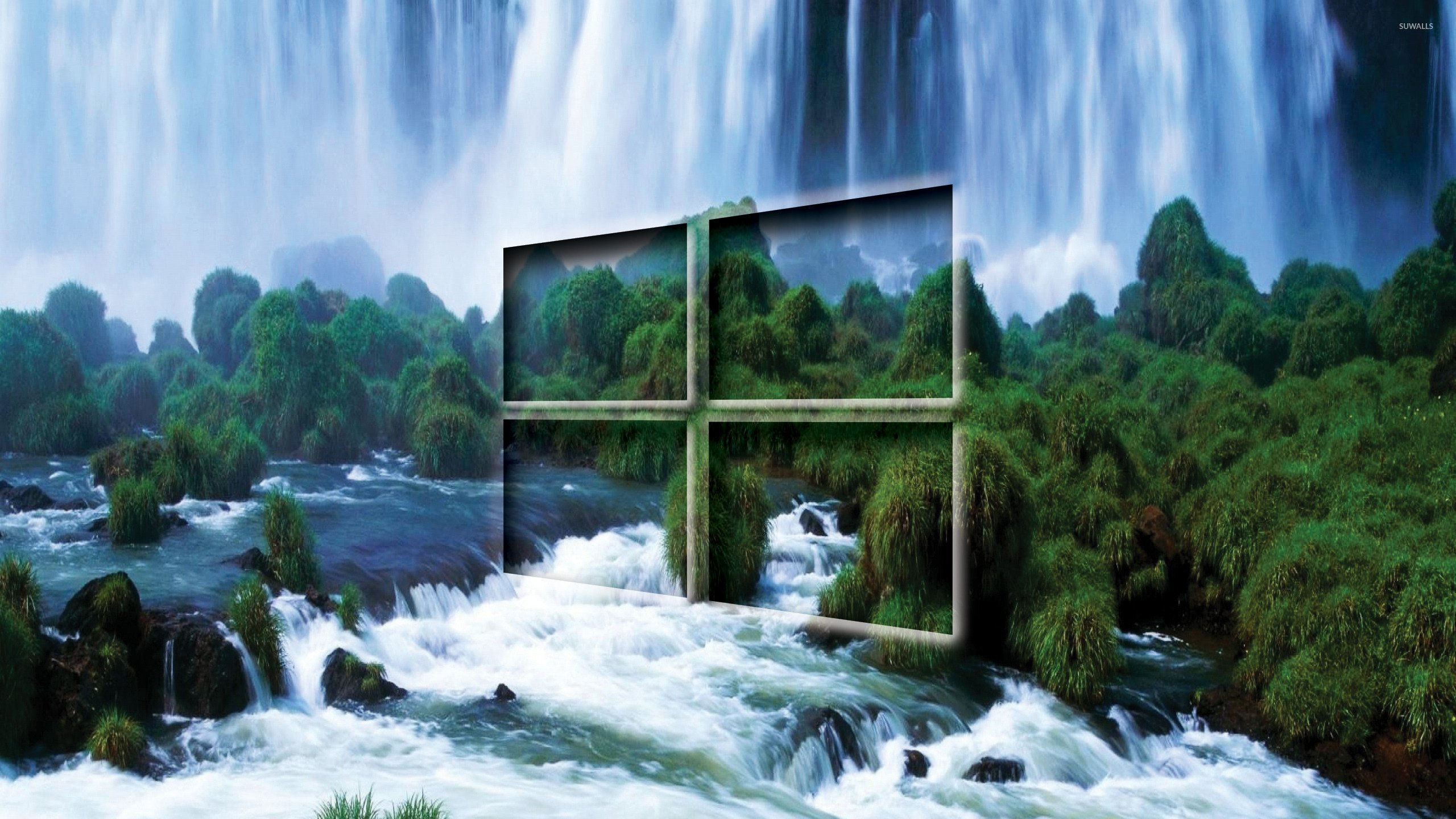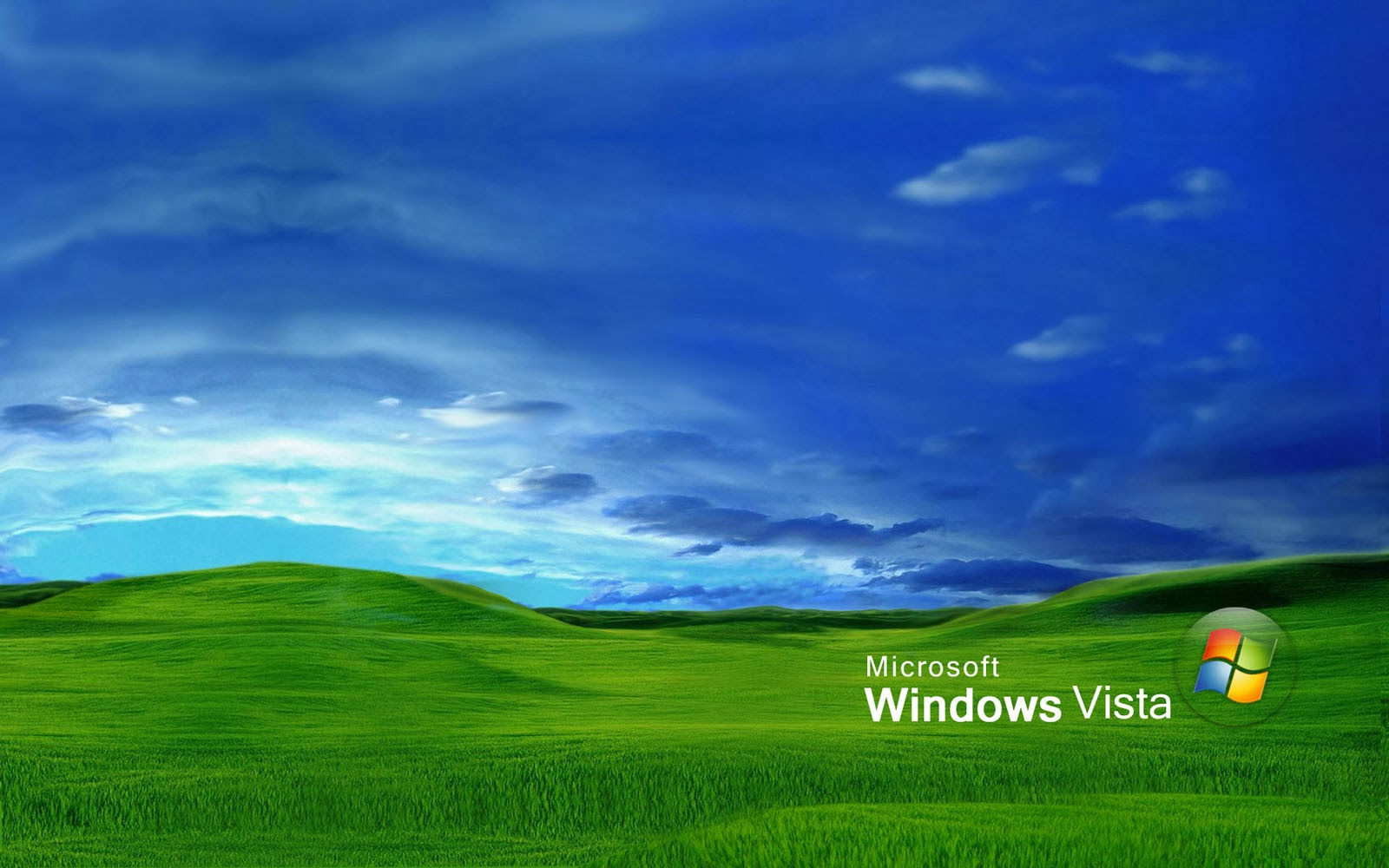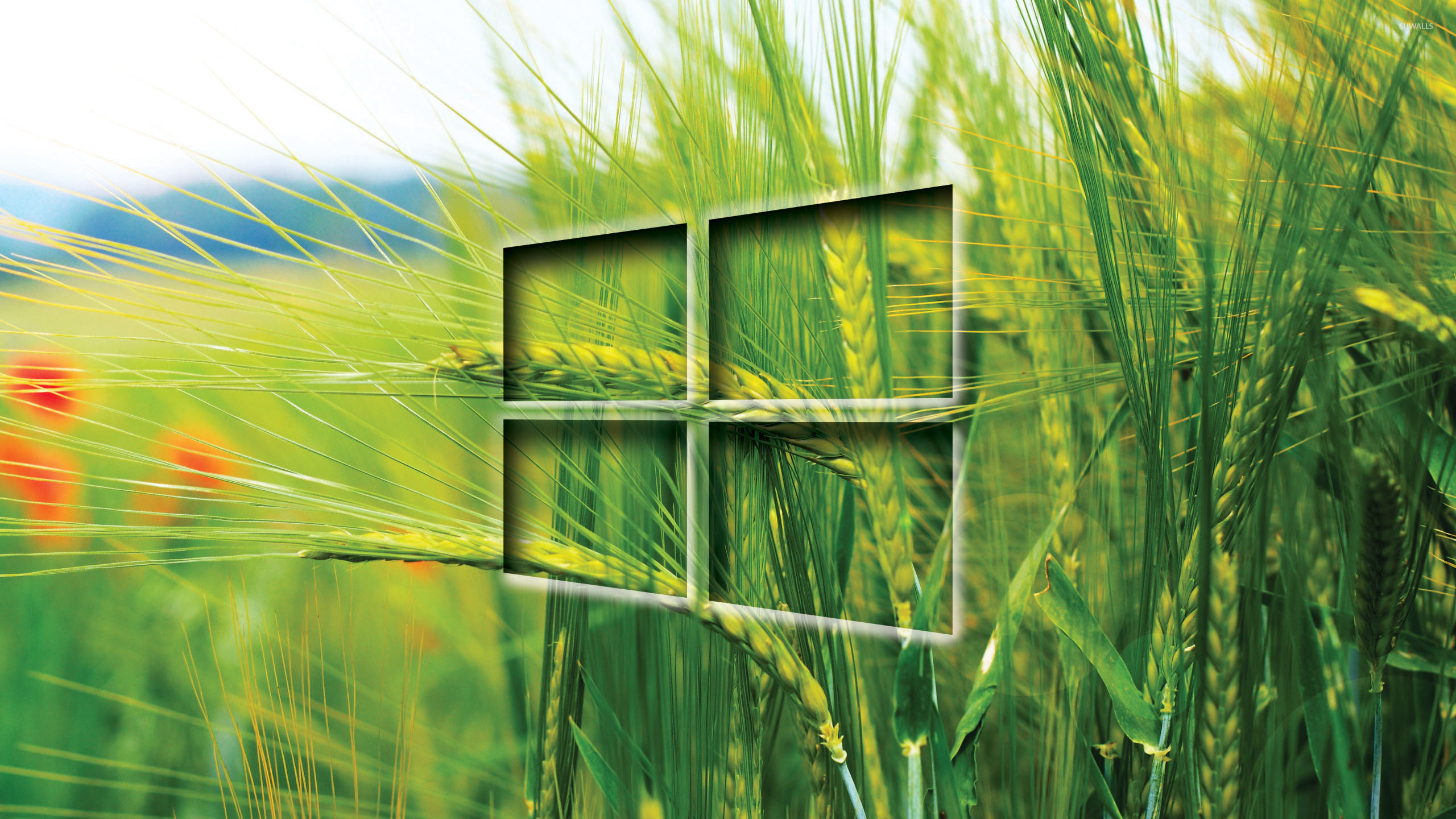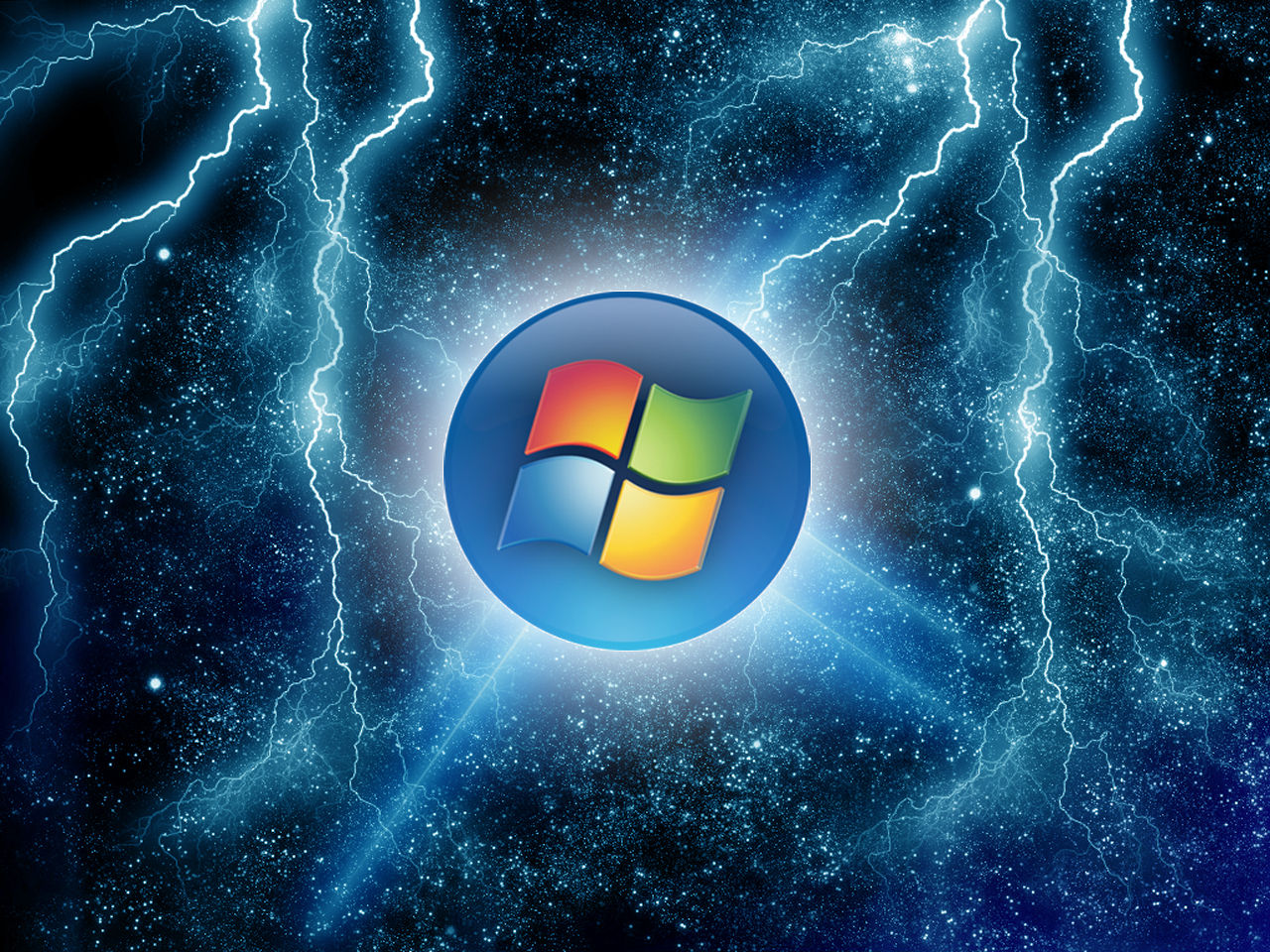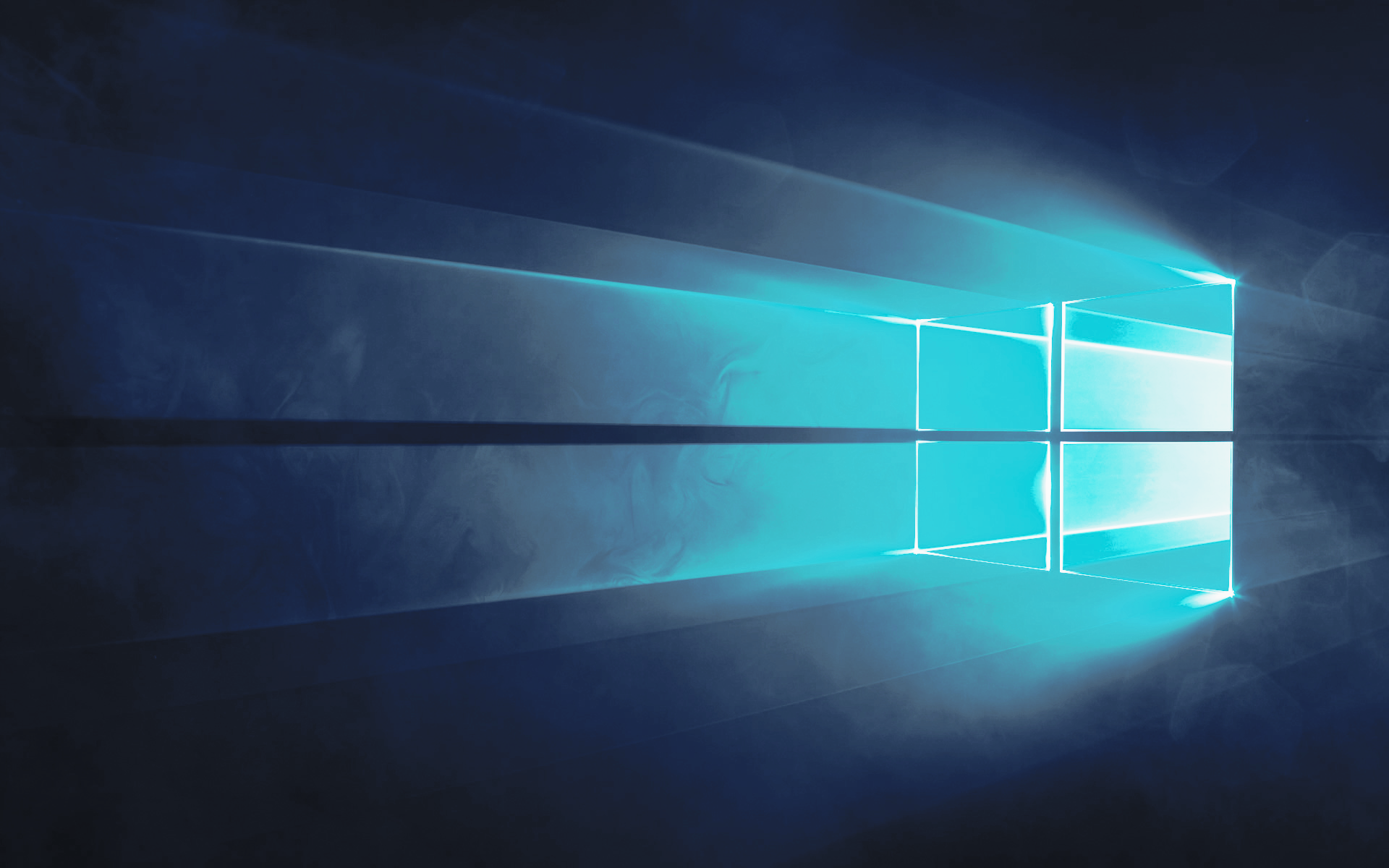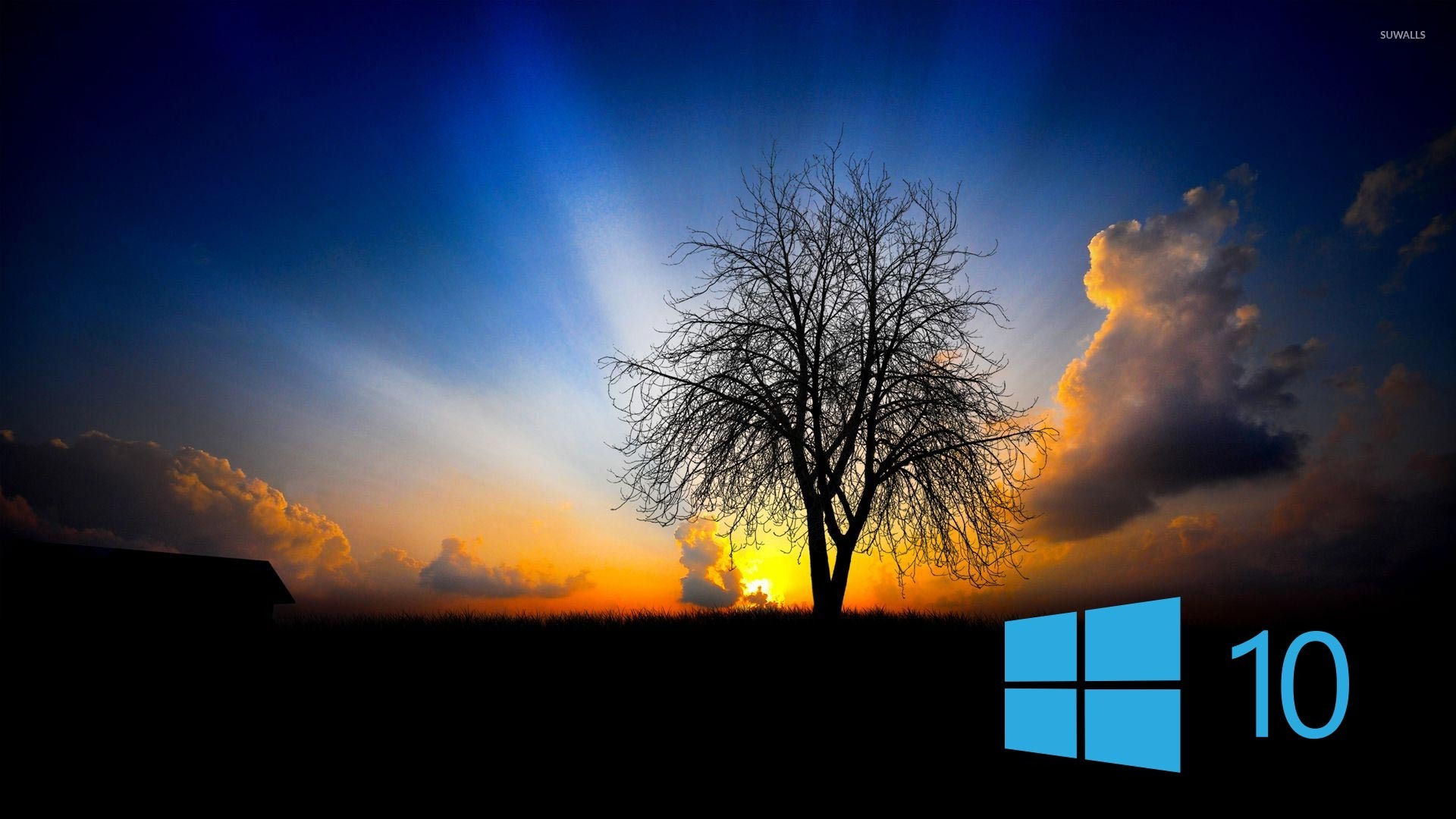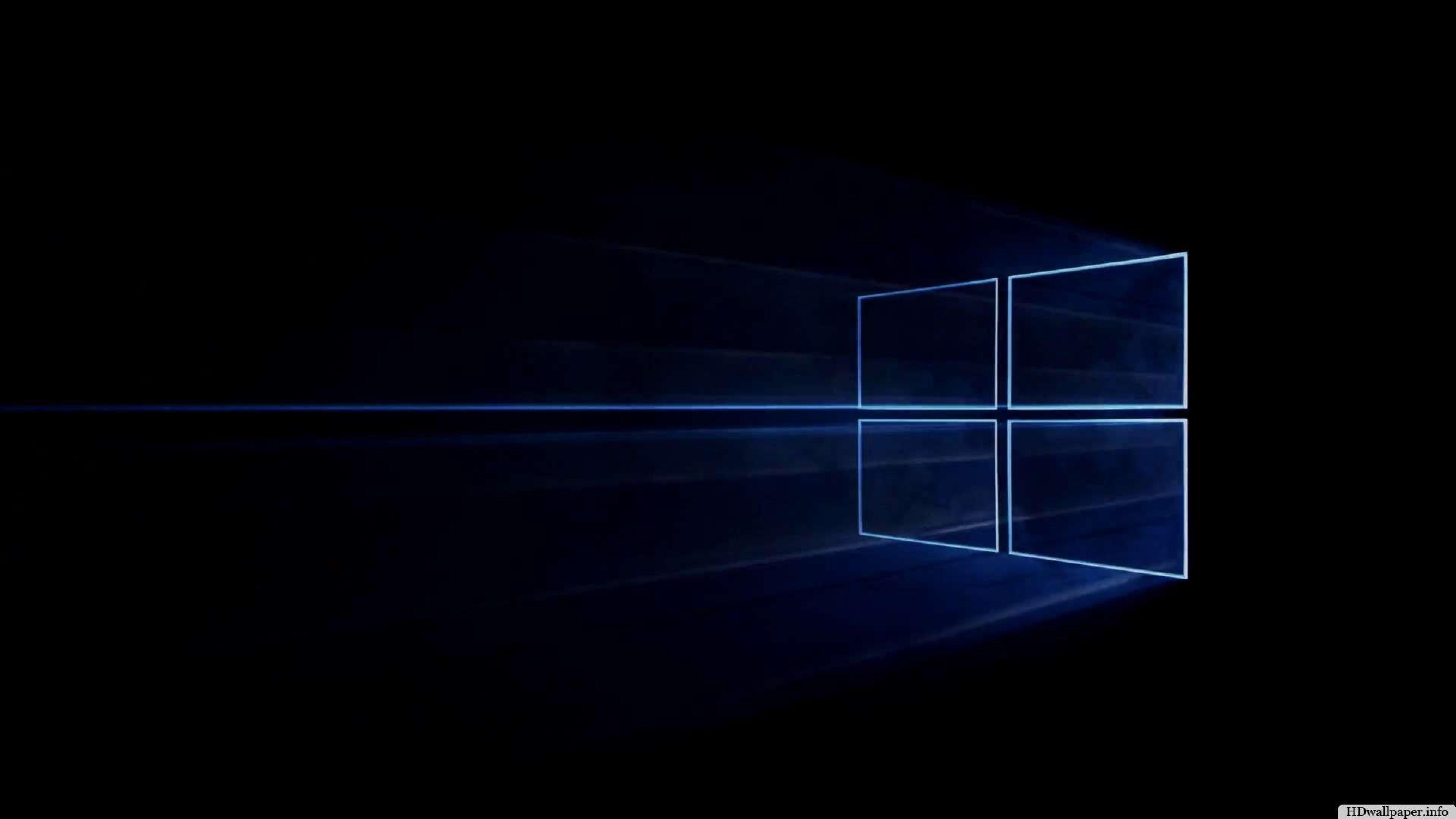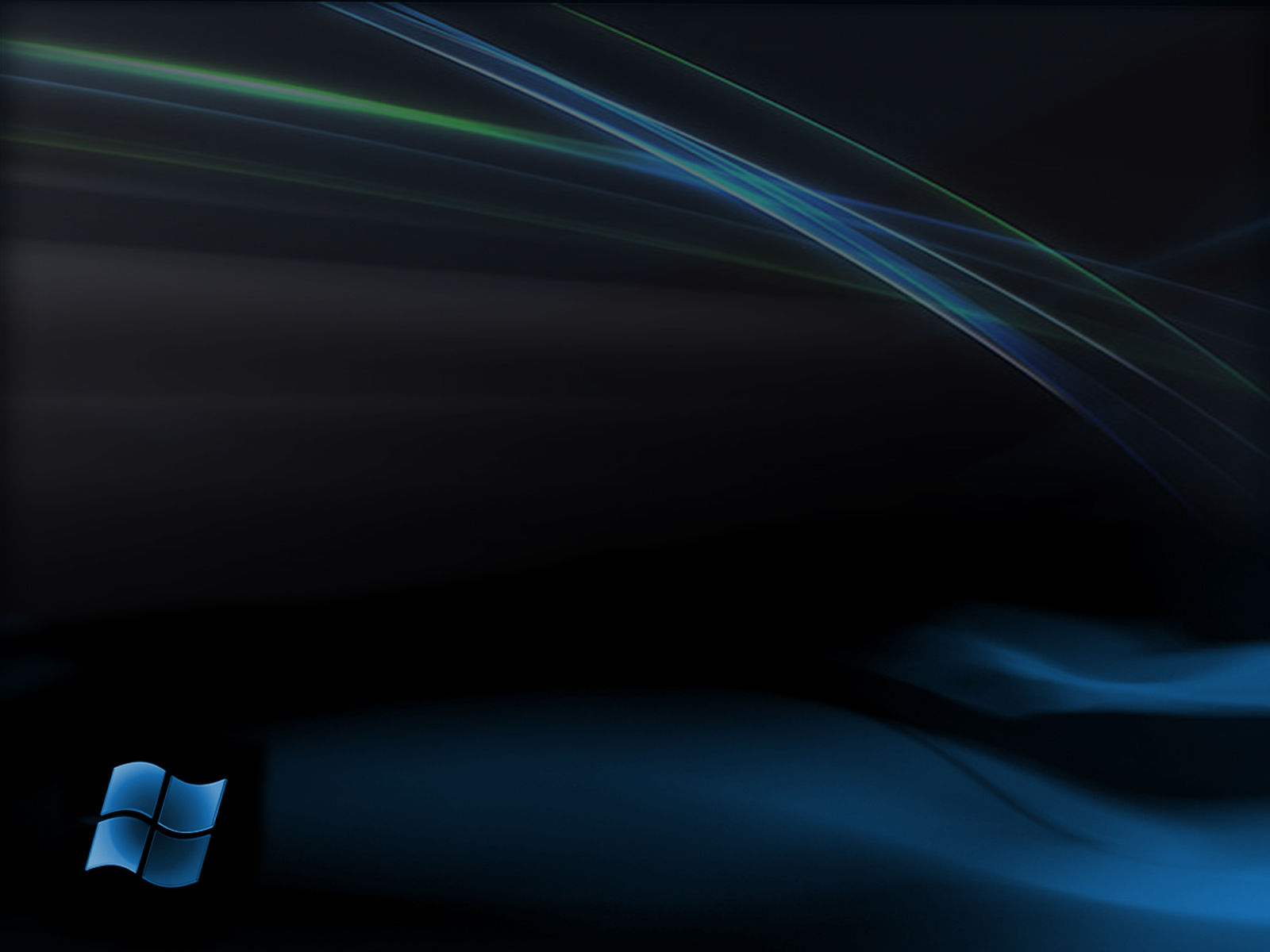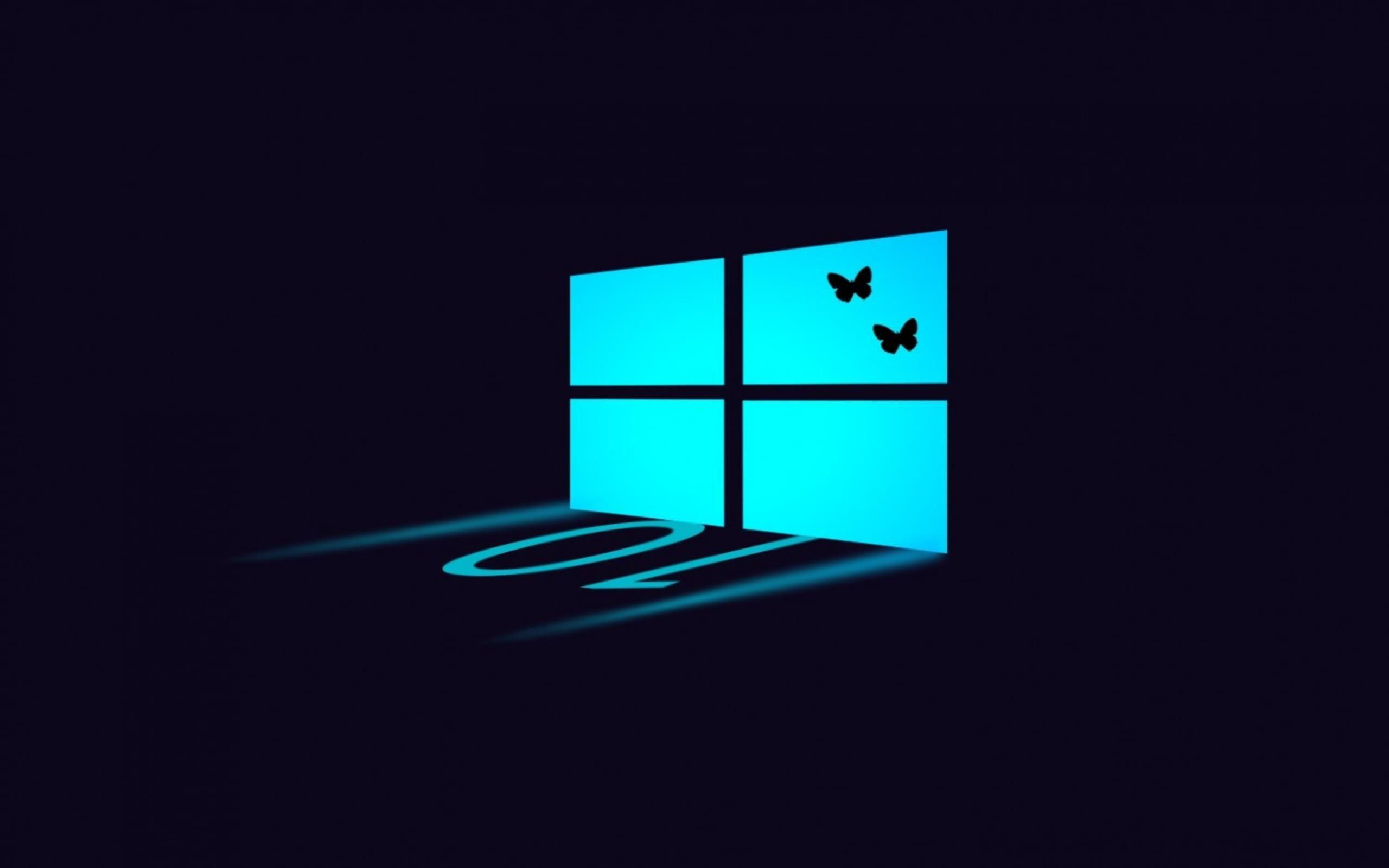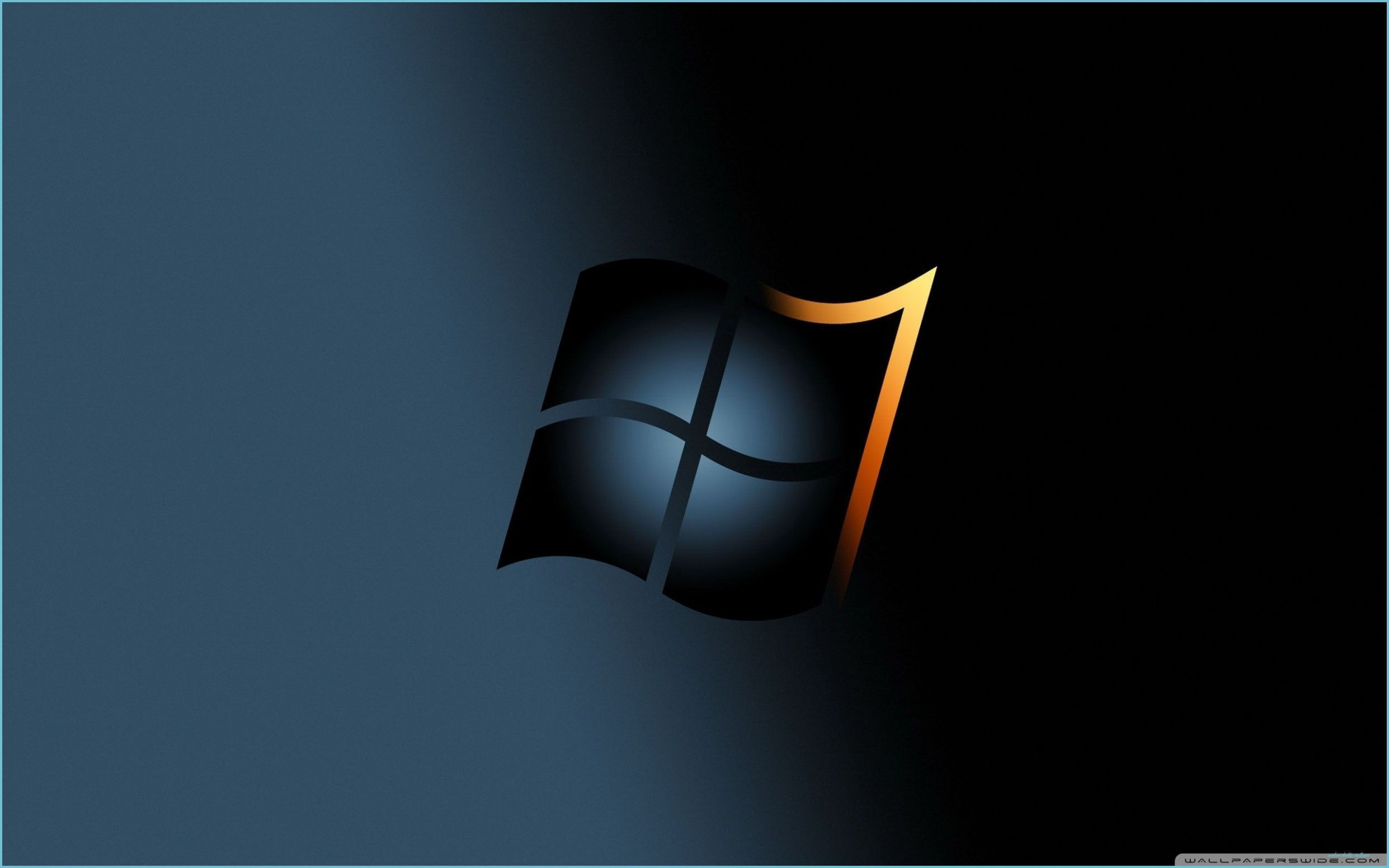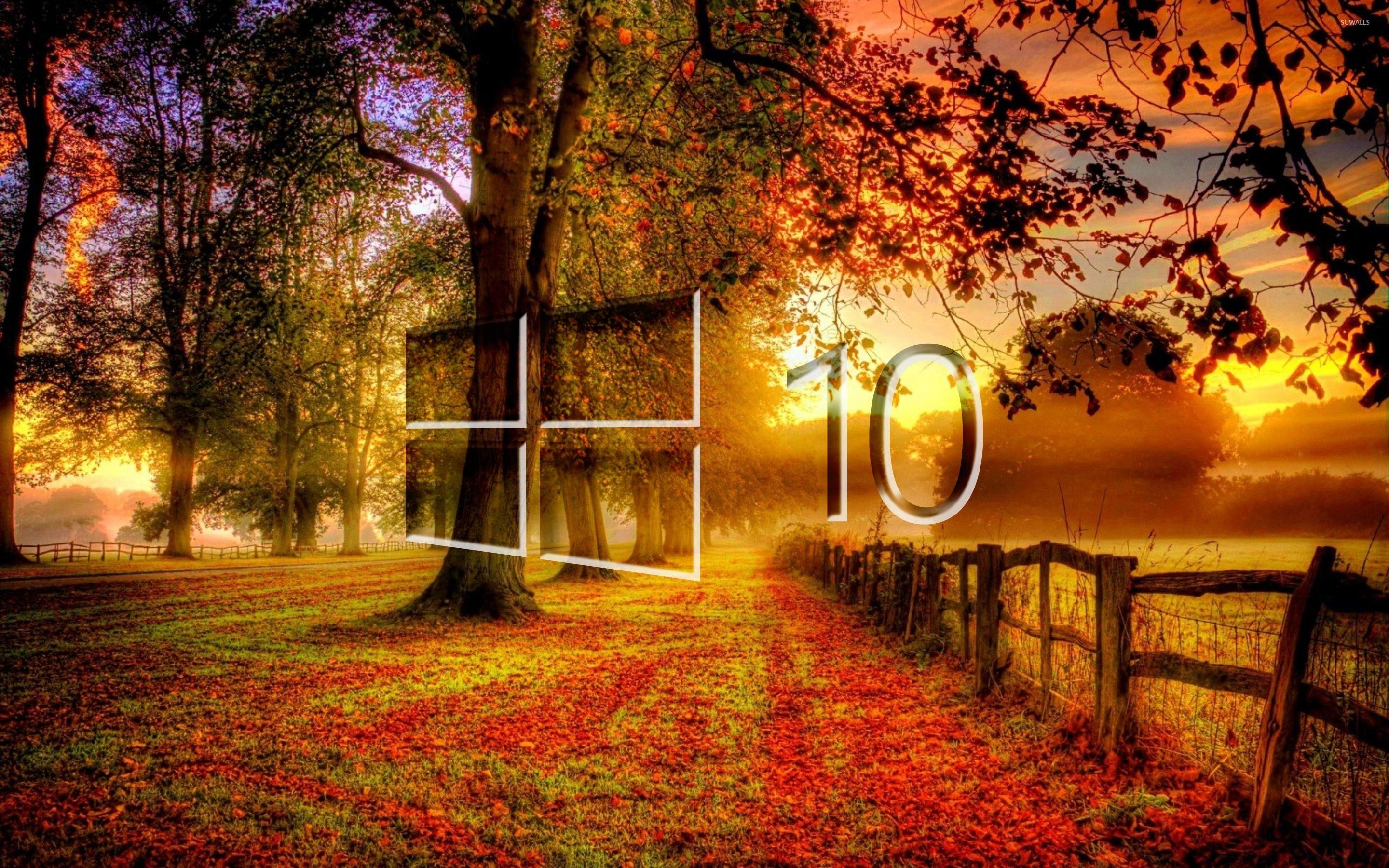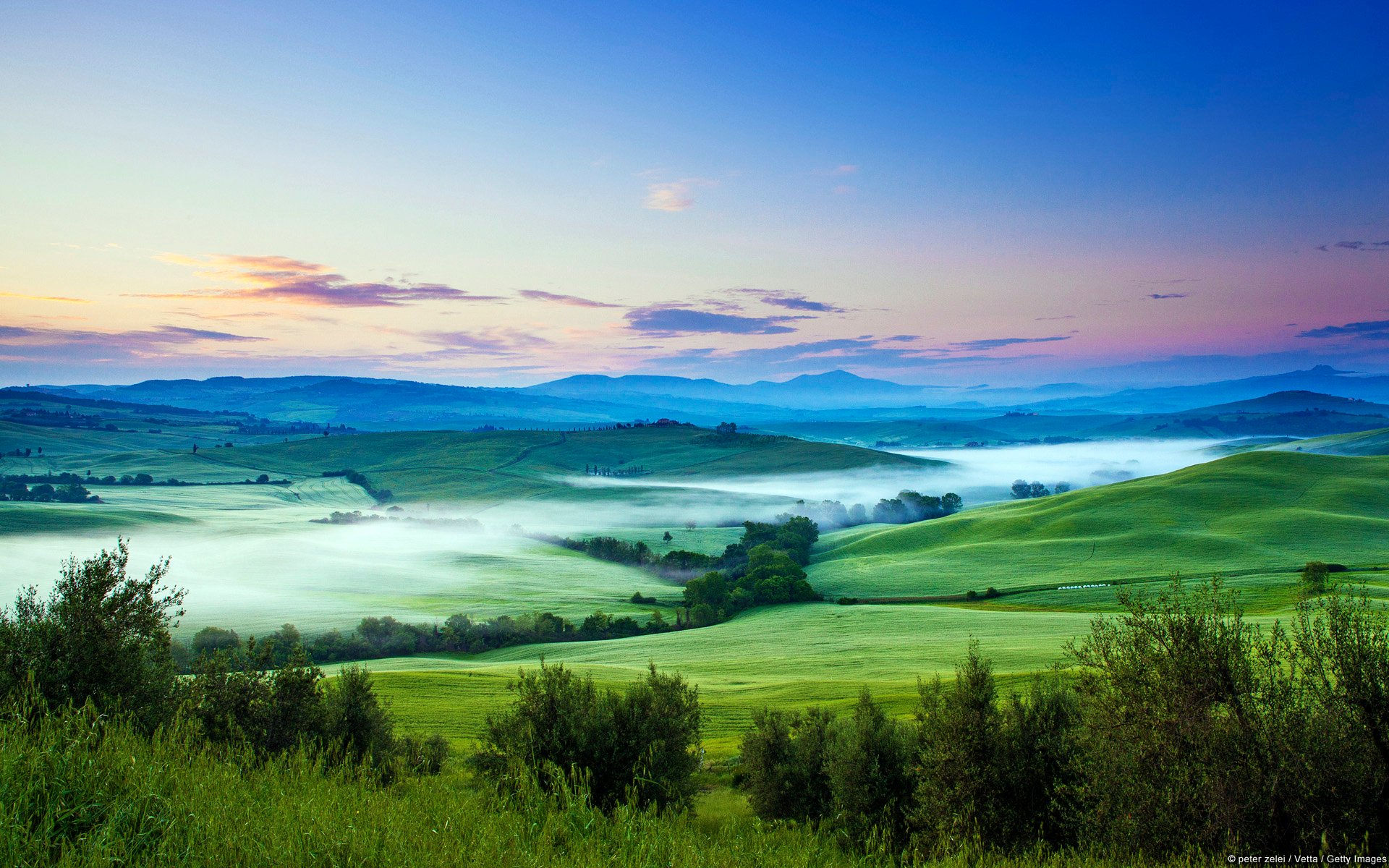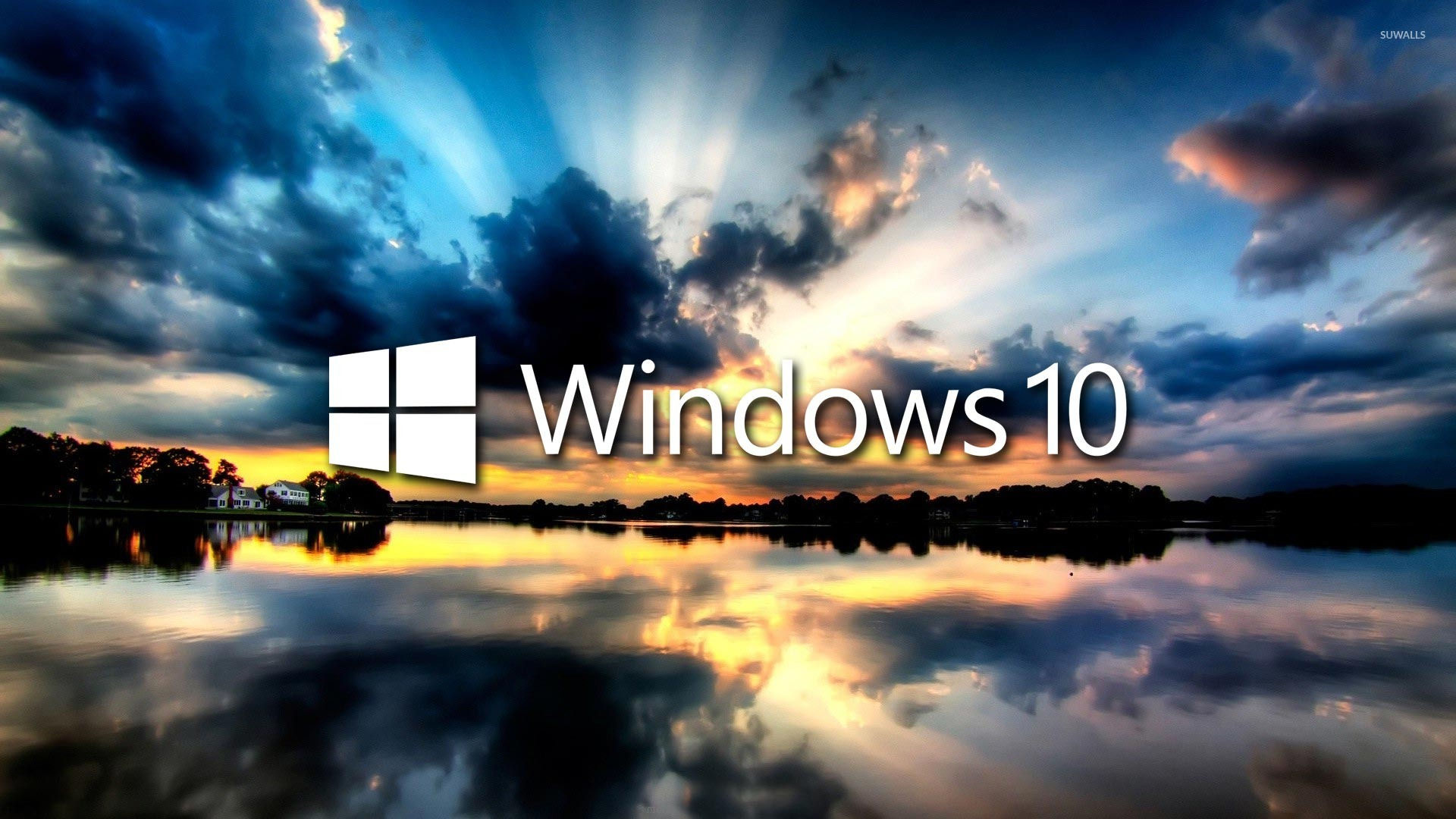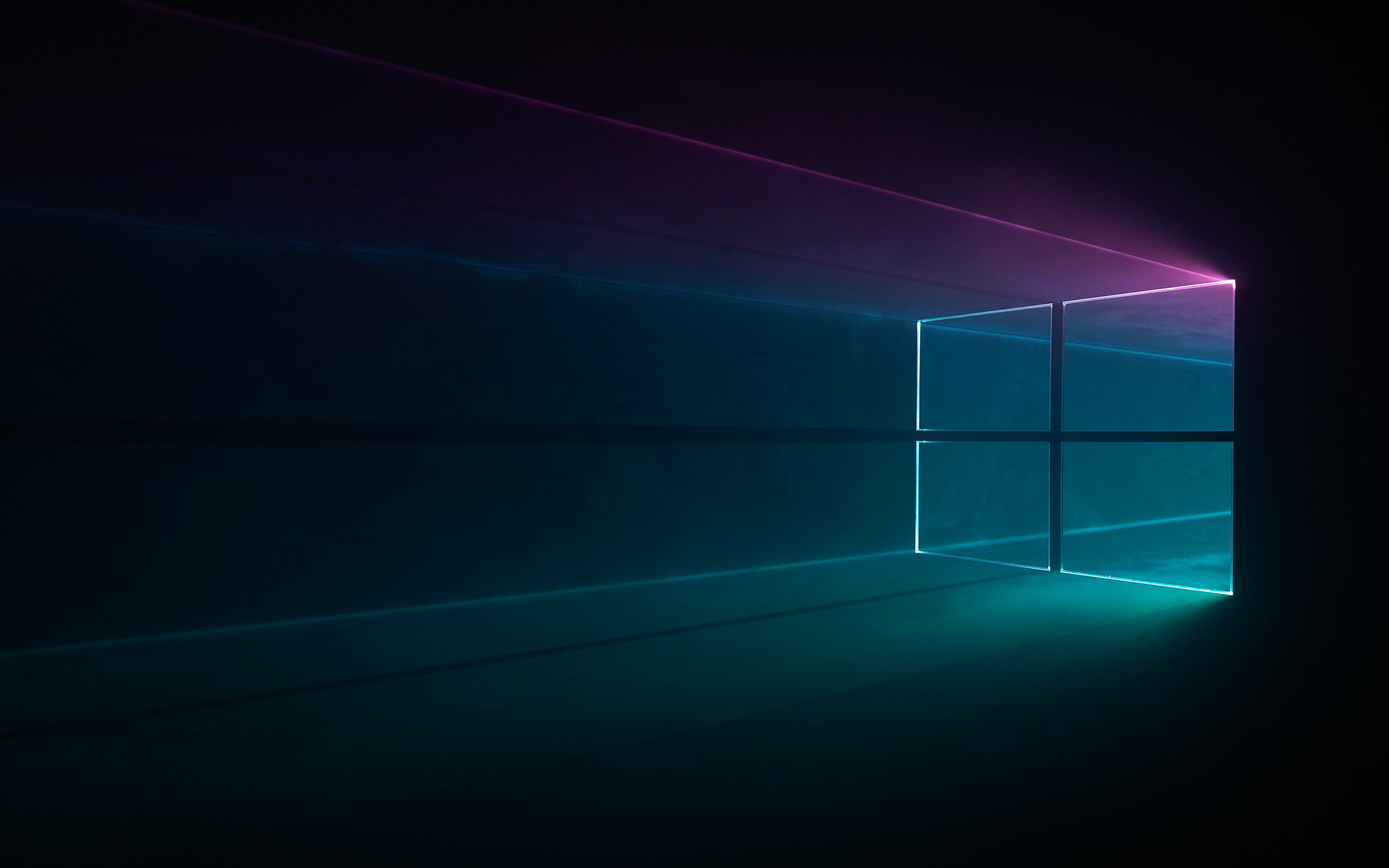The Windows Vista Wallpaper: A Blast from the Past
The iconic Windows Vista wallpaper, with its swirling, translucent lines of green and blue, and the quintessential Windows logo nestled in the center, holds a special place in the hearts of many tech enthusiasts. More than just a pretty picture, it represents a pivotal moment in the history of personal computing, a time when Microsoft aimed to redefine the user experience with a new operating system that promised to be "the most beautiful, the most powerful, and the most reliable" Windows yet.
A Visual Odyssey:
The wallpaper itself is a mesmerizing spectacle. The swirling lines, reminiscent of a digital nebula, seem to dance and flow, pulling the viewer into their depths. The color scheme, a combination of cool blues and vibrant greens, evokes feelings of tranquility and dynamism, symbolizing the technological advancement and the promise of a smoother, more intuitive computing experience.
The Windows logo, a circular orb with the familiar four-pane window design, sits proudly in the center, serving as a beacon, a symbol of Microsoft's commitment to providing a reliable and accessible platform. The vibrant orange and green colors of the windows within the logo add a touch of playful energy, contrasting beautifully with the cool tones of the background.
A Look Back at Windows Vista:
Released in 2007, Windows Vista was greeted with a mixture of excitement and apprehension. While it boasted new features like the Aero interface and the Windows Media Player 11, it was also plagued by performance issues and compatibility problems, leading to criticisms of its stability. The new interface, while visually stunning, was considered resource-intensive and some users found it to be a significant departure from the familiar Windows XP.
Despite its rocky launch, Windows Vista marked a significant transition in Microsoft's approach to operating systems. It aimed to usher in a new era of visual elegance and ease of use, emphasizing multimedia capabilities and security features. The operating system was a testament to Microsoft's ongoing quest to improve the user experience, even if it came with some bumps along the way.
The Legacy of the Vista Wallpaper:
The Windows Vista wallpaper, despite its association with a somewhat controversial operating system, remains a popular visual motif. Its aesthetic appeal, combined with its symbolic significance, has solidified its status as a nostalgic icon of a specific era in computing history.
It's a reminder of the constant evolution of technology, the tireless pursuit of innovation, and the occasional setbacks that accompany progress. Even though the Vista wallpaper might not be the most functional design, it serves as a striking visual reminder of the power and potential of technology, and the journey that brought us to where we are today.
Beyond the Pixelated World:
The Windows Vista wallpaper, much like the operating system itself, serves as a springboard for reflection. It reminds us that technology is a constantly evolving force, capable of shaping our perceptions and transforming the way we interact with the world. It encourages us to embrace the new and exciting possibilities while acknowledging the imperfections and limitations that come with progress.
The swirling lines, the vibrant colors, and the iconic Windows logo all speak to the human drive to explore, to create, and to constantly strive for a better tomorrow. The Windows Vista wallpaper, in its simplicity and elegance, serves as a visual reminder of the ongoing quest for a more intuitive, more connected, and ultimately, a more fulfilling digital experience.
So, the next time you encounter the Windows Vista wallpaper, take a moment to appreciate its significance. It's more than just a digital canvas; it's a testament to the evolution of technology, the pursuit of innovation, and the enduring power of human creativity. It's a reminder that, even amidst the digital noise, beauty and meaning can be found in the most unexpected places.
